DROPS Fabel
Superwash treated sock wool
from:
2.50€
per 50 g
Content: 75% Wool, 25% Polyamide
Yarn Group:
A (23 - 26 stitches)
/ 4 ply / fingering
Weight/length: 50 g = approx 205 m
Recommended needle size: 3 mm
Knitting tension: 10 x 10 cm = 24 sts x 32 rows
Care: Machine wash on gentle cycle 40°C / Don’t use fabric softener / Dry Flat
Superwash: yes
Made in: EU
Raw material origin: Wool from South America, polyamide from Italy
This yarn has an Oeko-Tex® certification (certificate number 25.3.0110), Standard 100, Class I from the INNOVATEXT TEXTILE ENGINEERING AND TESTING, HUNGARY. This means that is has been tested for harmful substances and is considered safe in human-ecological terms. Class I is the highest level, and it means the yarn is suitable for baby articles (ages 0-3).
Hard wearing as only a sock yarn can be, DROPS Fabel is a 4 stranded yarn that is superwash treated, which makes it machine washable and easy to care for. Compared to regular sock yarns, DROPS Fabel is spun in a softer wool quality, which makes it an amazing all-round yarn, suitable for far more than socks - try it for baby garments!
Both print and long print colours in DROPS Fabel are produced with a method called “fancy dyeing” that differs from other methods in that each dye lot has small variations in both pattern and nuance. This is no fault or defect, but part of the yarn's character.
Knitted samples in this shade card show the transitions you get when knitting a few number of stitches, as in socks, so you can expect the colour gradient to look different/vary in projects with a different width.
Read more about our products' sustainability here
Please be aware that the colours shown may vary from screen to screen in the same way that shades may vary slightly from dye lot to dye lot.
How do I care for this yarn?

Machine wash on gentle cycle 40°C / Don’t use fabric softener / Dry Flat
First of all, consider just airing the garment, instead of washing it. If you still desire to wash it, here are some guidelines:
- Machine wash superwash treated wool - separately - using a wool/gentle cycle program at 40ºC with a light centrifugation (about 800rpm), and wool detergent without enzymes or optical brighteners.
- Don’t use fabric softener with superwash treated yarn.
- NEVER leave the garment to soak/wet in the washing machine for a long period of time.
- To dry the garment, shape it and lay it flat - do not hang - ideally on a warm bathroom floor or on top of a drying rack in a room with good air circulation. Never dry the garment in direct sunlight.
- Don’t tumble dry.
- Never iron the garment directly. Use always a damp cloth between your steaming iron or regular iron and the garment.
Note: If you are washing a project made with this yarn combined with another, the general guideline is to follow the washing instructions for the most delicate of the yarns you are working with.
Do you have a question about this yarn?
See a list of frequently asked questions (FAQ) about our yarns.
1) What type of fibers make the DROPS yarns?
Yarn can be made from a large number of natural and synthetic fibers. DROPS carries mainly yarns made from wool, cotton, alpaca, linen, mohair and silk. Each fiber type has its own qualities, and they are often mixed to take advantage of the best properties of each one. Coarse yarn has the advantage of being stronger and more durable, and finer fibers offer more softness and comfort. Here a bit about the main fibers we carry:
Alpaca:
Alpaca fleece is the natural fiber harvested from an alpaca, and it is similar in structure to sheep wool fiber. Its softness comes from the small diameter of the fiber, similar to merino wool. It is a soft, durable, luxurious and silky natural fiber. Yarn made from alpaca fibers does not felt or pill easily, and it can be light or heavy in weight, depending on how it is spun. While similar to sheep’s wool, it is warmer, not prickly, and has no lanolin, which makes it hypoallergenic. Alpacas come in 22 natural colors, with more than 300 shades from a true-blue black through browns-black, browns, white, silver and rose-greys.
Mohair:
This fiber comes from the Angora goats, and it's considered a luxury fiber. Mohair yarn is warm as wool, but much lighter in weight; it is durable, dyes well and does not felt easily. Mohair fibers have also a distinctive luster created by the way they reflect light. Despite being a hard fiber, mohair is usually spun into a very fluffy yarn, resulting in airy and lustrous garments.
Wool:
The wool fibers come from the skin of sheep and are relatively coarse fibers. Two striking characteristics of wool are its susceptibility to heat and its felting property, which is caused by the scales on the surface. Depending upon the breed of sheep, the appearance of the wool varies.
Wool from Merino sheep is considered the finest type of wool, having as characteristics that is finely crimped and soft. All the Merino wool in the DROPS yarns has its origins in South America, coming from sheep that have not been subject to Mulesing.
Pure new wool is wool made directly from animal fleece, and not recycled from existing wool garments.
Machine washable wool is wool treated chemically to minimize the outer fuzzy layer of the fibers, and be therefore fitable for machine wash (see Superwash).
Silk:
The silk fiber is a fine continuous fiber produced from the cocoon of a moth caterpillar known as the silkworm. While silkworm is cultivated, the wild or tussah silk is obtained from uncultivated silkworm cocoons. Silk fiber is one of the strongest natural fibers and makes a wonderful knitting yarn. It blends really well with other fibers, especially wool. Silk also dyes beautifully with natural dyes.
Vegetable fibers:
There are several varieties of vegetable fibers, found in the cell walls of plants or vegetables. Of all the varieties, two are recognized as major knitted or textile fibers. They are cotton and linen.
Cotton is the fiber surrounding the seeds in a cotton pod, and it is almost pure cellulose. Cotton is usually white in color but there are green and brown varieties as well. The cotton fiber is most often spun into yarn or thread and used to make a soft, breathable textile that is good for summer clothing and accessories, making a weaker yarn than silk or linen but stronger than wool.
Mercerized cotton is cotton that has been through a mercerization treatment. This treatment gives cotton fabrics and threads a lustrous yarn that is more lustrous than conventional cotton. It is also stronger, takes dye a little more readily, makes the yarn more resistant to mildew and reduces lint. It also may not shrink or lose its shape as much as "regular" cotton.
Linen is a fiber derived from the stalk of the flax plant that is durable and stronger than any other fiber. The linen fiber is relatively soft, straight and lustrous and becomes more beautiful with age. Linen is more comfortable to wear in hot temperatures than cotton, due to the fact that it absorbs moisture better and dries more quickly.
Other materials used in our yarns include synthetic fibers such as acrylic, viscose, polyamide (nylon) and polyester. These fibers are used mostly to give strength to a yarn (like our sock yarn, DROPS Fabel) or a special kind of structure (like our blown yarn, DROPS Air).
The polyamide fibre, commonly known as nylon, is very strong, durable, lightweight, easy to care for (can be machine washed and dried), and elastic, which makes it perfect for blending with other fibres to produce hard-wearing yarns like sock yarn.
Compared to polyester, polyamide is softer and more flexible, but it also absorbs more water and dries slower.
3) What type of information can I find on the DROPS yarn labels?
All DROPS yarn labels include information about fiber content (wool, cotton, etc.), weight in grams and ounces, length in meters and yards, washing instructions and symbols (explained here), color number, dye lot number and yarn group information.
4) What are the DROPS yarn groups?
All DROPS yarns are classified into 6 different thickness groups (A to F). Yarns in a same group have similar knitting tension/gauge, and can therefore be interchanged in patterns; however the length may be different, so when substituting always calculate the amount of meters/yards needed for the pattern to know the amount of yarn you need to get.
5) Can I use a different yarn than the one mentioned in the pattern?
Yes, as long as the yarn can be worked in the same knitting tension/gauge. Always swatch to make sure you get the same number of stitches in width and rows in height as given in the pattern.
Remember that different yarns with different textures, will give the garment different looks. The yardage/length may also be different, so when substituting always calculate the number of yards needed, in order to know the amount of yarn you need.
Read more about how to calculate the amount of an alternative yarn - and how to replace 1 thread of a yarn with 2 or more of another, here.
6) What does it mean when a yarn is “Superwash”?
A superwash wool is a special wool product that has been treated or processed in a way that allows it to be machine washable. Many people are afraid to work with wool because it is so easy to shrink (though some shrink wool on purpose) and superwash wool can allow them to work with great fibers without worry. (Read more here).
7) What does “Oeko-Tex® certified” means?
The Oeko-Tex® Standard 100 was introduced at the beginning of the 1990s as a response to the needs of the general public for textiles which posed no risk to health. The Oeko-Tex® Standard 100 is a globally uniform testing and certification system for textile raw materials, intermediate and end products at all stages of production. The test for harmful substances comprise substances which are prohibited or regulated by law, chemicals which are known to be harmful to health, and parameters which are included as a precautionary measure to safeguard health.
For more info go to www.oeko-tex.com
10) How accurate are the colours on the shade cards online?
When obtaining images for the shade card, we do our best to achieve the highest level of color accuracy. Unfortunately, we cannot guarantee how images will appear on your computer screen. Every monitor displays color differently, some colors might look darker than they really are, and some colors might be more saturated on some screens. If you experience that many of the yarn colors looks different on your screen than the actual color of the skeins, you can adjust the setting on your monitor.
11) What is a micron? What does super fine / extra fine mean?
The fineness of yarn fibers is measured in microns (thousands of millimeters). Super fine alpaca wool is 26-28 microns. Fine merino wool is less than 21.5 microns and extra fine merino is under 19.5 microns. The less microns the softer and more delicate a quality can be, the more microns the more hard wear the quality will be.
The reason why the microns in a yarn’s fibers are important is that the yarn will eventually become something else, and how delicate or coarse a yarn is will determine in part what we use it for. That’s why we recommend the softest yarns (like DROPS Baby Merino) for baby clothing, or why we choose to use a more hard wear yarn like DROPS Snow, for a seating pad or slipper.
12) Why are the colours in my skeins of print yarn different?
The reason why two skeins of a same print yarn look different can be 1) that both skeins are part of different dye lots; 2) that the skeins have been dyed using a technique called "magic print" (the one used for example in DROPS Delight), which provides unique patterns and smooth colour transitions to each skein, meaning also that within one dye lot, lighter or darker varieties might appear. This is no fault or defect, but part of the yarn's character.
13) My store doesn’t have the colour I want, what can I do?
If your DROPS store doesn’t have the yarn colour you want, try contacting a DROPS Super Store (the ones with the golden badges) - they will make sure to get a hold of the colour even if they don’t have it in stock themselves. See a list of all DROPS stores here.
14) Where can I find a specific dye lot of a colour?
Always try contacting your DROPS store first. If they do not have the dye lot you want we recommend you to ask other knitters and crocheters in the DROPS Workshop in Facebook or Ravelry, which may have the dye lot in their stash and might be willing to part from it.
Yarn sheds because there's not enough twist to hold all of the fibers together. All yarns have excess fibers (from production) that might come off as lint or shedding, in varied degrees that depend on how the yarn is spun. Brushed yarns ("hairier" yarns) like DROPS Melody, have more of these loose fibers than other yarns, and therefore shed more. Shedding also depends on what is worn under or over the garment, and whether this pulls at the yarn fibers. It’s therefore not possible to guarantee that there will be no shedding.
Below are some tips on how to get the best result when working with hairier yarns:
- When the garment is finished (before you wash it) shake it vigorously so the looser hairs come off. NOTE: do NOT use a lint roller, brush or any method that pulls at the yarn.
- Place the garment in a plastic bag and put it in your freezer - the temperature will cause the fibers to become less attached to each other, and excess fibers will come off easier. Leave in the freezer for a few hours before taking it out and shaking it again.
- Wash the garment according to the instructions on the yarn label. Garments worked with hairier yarns usually need to be shaken once dry after washing, so that the hairs rise and any excess fibers can come off.
Pilling is a natural process that happens to even the most exclusive of fibers. It's a natural sign of wear and tear that is hard to avoid, and that is most visible in high friction areas of your garment like a sweater's arms and cuffs.
You can make your garment look as new by removing the pilling, using a fabric comb or a pill/lint remover.
How can I replace this yarn?
If you are looking to replace this yarn with another DROPS yarn, you can use another yarn within the same yarn group, or try our yarn converter!
Comments / Questions (312)
![]() Jeanne wrote:
Jeanne wrote:
Bonjour Je voudrai tricoter le pull de P.Knit Cumulus Blouse qui est à tricoter avec 2 fils ensemble de mohair mais je ne supporte pas le tout mohair Il se tricote en aiguilles de 4.5 mm pour 18 mailles x 26 rangs = 10 x 10 cm Est-il possible de le faire avec 1 fil de Fabel ou une autre qualité de Drops et avec 1 fil de Kid Silk ? Merci beaucoup pour votre aide ! Merci pour votre aide
27.04.2025 - 14:50DROPS Design answered:
Bonjour Jeanne, tout à fait, à titre d'exemple, retrouvez ici tous les modèles tricotés sur la base de 19-18 mailles pour 10 cm, vous retrouverez 2 fils du groupe A, soit 1 fil Alpaca, Flora ou même Fabel + 1 fil Kid-Silk. Bon tricot!
28.04.2025 kl. 10:01
![]() Shirley wrote:
Shirley wrote:
I may be a bit dense but what is the weight of Drops Fabel yarn is it #2, 3, 4, 5 etc. ?
21.03.2025 - 23:01DROPS Design answered:
Dear Shirley, our yarns are classified into our Yarn Groups, which group together yarns of similar thread thickness. Since there are many different classifications for yarns, depending on countries, we classify them internally and have indicated some equivalent notations for this yarn: 4 ply / fingering. Happy knitting!
23.03.2025 kl. 20:56
![]() Celeste wrote:
Celeste wrote:
I would like to use a print for a Drops Fabel project, with two additional complementary colours. Would "red" and "electric orange" do for "sunset", or "ruby red" and "brown" do for "wooden rose"? I'm not sure I can rely on the photos to pick the right colours. Are the complementary colours I've suggested included in the prints? Thanks.
06.03.2025 - 03:07DROPS Design answered:
Dear Celeste, please contact your DROPS store for any individual assistance choosing the best matching colours depending on the desired effect. They will help you even par mail or telephone. Happy knitting!
06.03.2025 kl. 11:23
![]() Wuschel71 wrote:
Wuschel71 wrote:
Warum sieht mein neu gekauftes Garn Fabel 151 Guacamole 48452 viel blasser aus als auf dem aktuellen Foto (keine Spur von knalligem blau oder rot und auch das Grün ist blasser)? Wurden die Farben verändert und ich habe noch ein altes Farbbad bekommen? Von den erhaltenen Farben bin ich echt enttäuscht.
21.02.2025 - 10:35DROPS Design answered:
Liebe Wuschel71, beachten Sie bitte, dass die Farben je nach Bildschirmeinstellungen unterschiedlich aussehen können ebenso können die Farben je nach Farbbad leichte Unterschiede ausweisen. Aber gerne können Sie auch mal Ihr DROPS Händler bescheid sagen. Danke im voraus. Viel Spaß beim Stricken!
21.02.2025 kl. 15:46
![]() Beck M wrote:
Beck M wrote:
Do you plan to bring back the Fabel colour 916/Grand Canyon? I need just one skein but can’t find it anywhere… thanks
31.01.2025 - 15:43DROPS Design answered:
Dear Beck, the colours that aren't listed in the list in this webpage have been discontinued, and they won't be available any more. We don't have any information regarding possible new colours in the future. You can contact the shops that ship to your country here and check if any of them still have the Fabel 916 colour available. Happy knitting!
02.02.2025 kl. 18:30
![]() Aneta wrote:
Aneta wrote:
Hi, I know Drops Delight is no longer available. Do you plan to create a new sock wool? Currently, there's only Drops Fabel left.
11.09.2024 - 15:37DROPS Design answered:
Witaj Aneto, masz rację, przydałaby się jakaś nowa włóczka skarpetkowa. Jeszcze troszkę cierpliwości :) Pozdrawiamy!
12.09.2024 kl. 10:20
![]() Beate Diehl wrote:
Beate Diehl wrote:
Hallo liebes Drops-Team, die Farbe "Konfetticake" ist der Hammer! Sehr gut gelungen und wunderschön! Es wäre super, wenn Sie sie noch in anderen Farben produzieren könnten. Ein schönes Gelb würde ich mir auch noch wünschen! Danke und liebe Grüße Jana
11.07.2024 - 20:34DROPS Design answered:
Liebe Frau Diehl, herzlichen Dank, Ihr Wunsch wurde weitergeleitet. Viel Spaß beim stricken!
30.07.2024 kl. 09:01
![]() Petra Sklenářová wrote:
Petra Sklenářová wrote:
Dobrý den, u barvy cukrové zdobení 924, máte napsáno new, ale nelze nikde v ČR zakoupit, bude tedy zase uvedená na truh?? děkuji
12.06.2024 - 14:52
![]() Sidney wrote:
Sidney wrote:
Hallo, ich mochte gerne Mehrfarbige Socken mit der Wolle Fabel stricken und würde gerne wissen, ob es irgendwann noch weitere uni Farben geben wird? Ich vermisse ein dunkles Grün. In etwa wie die Farbe Waldgrün (Drops Nord) oder das Dunkelgrün (Drops Flora).
25.04.2024 - 10:29DROPS Design answered:
Liebe Sidney, danke für die Vorschläge, die wurden weitergeleitet. Viel Spaß beim Stricken!
25.04.2024 kl. 12:39
![]() Konny wrote:
Konny wrote:
Hallo, ist das Garn auch für einen Pullover geeignet, wenn derjenige empflindlich auf Wolle reagiert? Kratzt es?
18.04.2024 - 16:26DROPS Design answered:
Liebe Konny, da jede Empfindlichkeit verschieden ist, kann Ihnen damit Ihr DROPS Händler das beste passende Garn (auch per Telefon oder per E-Mail) empfehlen; DROPS Baby Merino könnte z.B. eine gute Alternative sein. Viel Spaß beim Stricken!
19.04.2024 kl. 08:45
![]() Judit wrote:
Judit wrote:
Hej, kan man sticka en tröja (varm) med detta garn?
28.10.2023 - 21:36DROPS Design answered:
Hei Judit. Du kan fint strikke en genser med dette garnet. Vi har mange oppskrifter du kan velge mellom. DROPS Fabel innholder 75% ull og 25% Polyamid og er et av de tynneste kvalitetene vi har, slik at ønsker du en veldig varm genser burde du kanskje se på en kvalitet med 100% ull og kanskje litt tykkere. Men dette er jo også litt personlig, noen er varm av seg og syns en tynn ullgenser er mer enn nok, mens andre ønsker seg et tykt garn. mvh DROPS Design
30.10.2023 kl. 07:04
![]() Teresa Ruiz De Azua García wrote:
Teresa Ruiz De Azua García wrote:
Cuando un hilo aparece como "disponible en la empresa mayorista", pero no puedo encontrarlo en las tiendas on line habituales (Senshoku, las tijeras mágicas, Misskits...etc) ¿cómo puedo conseguirlo?
27.09.2023 - 20:51DROPS Design answered:
Hola Teresa, si el hilo aparece como disponible en la empresa mayorista significa que está en stock en la fábrica. Sin embargo, depende de cada tienda si deciden reponer el stock de un color concreto. Recomendamos contactar con tu tienda habitual para preguntarles si podrían pedir/ reservar ciertos ovillos para tí.
30.09.2023 kl. 19:38
![]() Hansson wrote:
Hansson wrote:
Jag tycker Fabel blir lite tunt garn att sticka sockor i, Varför finns det inte en storlek tjockare garn? Det blir Karisma i era mönster, men jag vill ha polyamid i så de inte slits så fort.
17.09.2023 - 10:29DROPS Design answered:
Hei Hansson Vi har ingen ull kvaliteter i garngruppe B som innholder polyamid. Du kan evnt teste ut 2 tråder DROPS Fabel, om du ikke syns det blir for tykt. mvh DROPS Design
18.09.2023 kl. 09:21
![]() Marianne wrote:
Marianne wrote:
Hei. Kan dere lage fargene til pride-flagget i fabel (eller et annet sokkegarn)? Enten som egne farger eller som et samlenøste. Jeg fikk ønske om pridesokker, så prøver meg med karisma, men garnet er litt tykt i sommer og fargene stemmer ikke helt.
11.06.2023 - 12:12DROPS Design answered:
Hei Marianne Ditt ønske er oversendt til design avd. I mellomtiden kan du f.eks blande kvaliteter for å få riktige farge. F.eks bruke Fabel (slitesterkt sokkegarn) til foten/hælen i farge 104 lilla, mens til skaftet bruke Alpaca eller BabyMerino (eller den kvaliteten i garngruppe A du syns fargene passer best). Stripene blir jo ikke like stor, men om du bruker sko vises jo ikke alt det man strikker i lilla. Bare husk at ved vask må det vaskes etter vaskeanvisningen til det garnet som tåler minst. mvh DROPS Design
12.06.2023 kl. 08:27
![]() Anne wrote:
Anne wrote:
Ett underbart garn, kommer det att finnas fler gröna färger tillgängliga framöver?
23.02.2023 - 13:52DROPS Design answered:
Hei Anne. Tusen takk for tilbakemeldingen. Vi har ingen nye grønnfargen som er på vei inn nå i vinter, men ditt ønsket er videreformidlet. mvh DROPS Design
27.02.2023 kl. 10:02
![]() Dominique Lang wrote:
Dominique Lang wrote:
Ich möchte Ihre Jacke 151-44 Oseberg mit dem Garn nachstricken. Bei der Auswahl der Farbe bin ich mir nicht ganz sicher - auf einem der Fotos auf der Garnseite, sind zwei Knäul in grün print und uni grün abgebildet - das Print-Garn dürfte 151 guacamole sein, aber welches unifarbene Garn ist das, 112 apfelgrün? Falls das nicht stimmt, welches unifarbene Garn könnte ich damit für die Jacke kombinieren? Vielen Dank!
08.01.2023 - 11:07DROPS Design answered:
Liebe Frau Lang, für jede Hilfe bei der Auswahl der richtigen passenden Farben, wenden Sie sich bitte direkt an Ihrem DROPS Händler, dort wird man Ihnen am besten - auch per Telefon oder per E-Mail weiterhelfen. Danke im voraus für Ihr Verständnis. Viel Spaß beim stricken!
09.01.2023 kl. 12:09
![]() Katie W wrote:
Katie W wrote:
Hi! I was wondering if you had any advice about blocking a jumper that’s been knitted with Fabel? I’ve read on Ravelry that others who have used it have found that when they block their project it grows quite considerably. My jumper is already quite boxy and I don’t want to ruin it! Thanks 😊
22.12.2022 - 17:25DROPS Design answered:
Dear Katie W, you can just wash it and let it dry flat to the finished measurements - follow wash instructions on the label and find more tips here. Your store might have even more tips for you that they will share even per mail or telephone. Happy knitting!
23.12.2022 kl. 09:16
![]() Alison Chapman wrote:
Alison Chapman wrote:
Half way through knitting the second sock of a pair only to find a join in the yarn ruining the pattern…grrr.. Hugely frustrating and disappointing. What am I supposed to do? 😭
22.11.2022 - 21:30
![]() Mitsy Rae wrote:
Mitsy Rae wrote:
Please tell me why Drops Fabel sock yarn washing instructions say "Do not use fabric softener"? What happens when fabric softener is used on socks knit from Drops Fabel? Thank you.
21.10.2022 - 15:59DROPS Design answered:
Dear Mrs Rae, you shouldn't use fabric softener at all on any wool yarns. For wool it is recommended to use detergent that is meant for wool. So no fabric softener at all on wool yarns. Fabric softener destroys the wool fibres and ruins the shape stability. Happy knitting!
21.10.2022 kl. 16:41
![]() Rigmor Helen Grøttjord wrote:
Rigmor Helen Grøttjord wrote:
Hei,jeg skal strikke sokker 143-33 og tenkte bruke fargen som står oppgitt ,820 karneval,men kan ikke finne den i fargekartet.Har den fått nytt navn eller er en gått ut
19.10.2022 - 17:45
![]() Inger Ahlberg wrote:
Inger Ahlberg wrote:
Köpt garnet och mönster drops fa-276. Stämmer inte alls. Blir otroligt stora och håller inte alls vad där står Otroligt besviken då jag skulle sticka 5 par. Vill gärna veta hur ni ställer er till detta.
28.07.2022 - 11:45
![]() Tohvri Anne wrote:
Tohvri Anne wrote:
Kuidas tellida? Sooviks A soki lõnga lillat 20tk hinnaga 1.75 oli vist nii.
25.07.2022 - 21:08
![]() Nina wrote:
Nina wrote:
Hallo. Gibt es für die Fabel eine Sockentabelle, damit man bei Eigenkreationen die richtige Größe strickt? Vielen Dank.
25.07.2022 - 16:23DROPS Design answered:
Liebe Nina, Es gibt keine Sockentabelle, aber Sie können mit Fable ein Muster für Socken überprüfen und es als Richtlinie verwenden. Zum Beispiel dieses hier: https://www.garnstudio.com/pattern.php?id=10694&cid=19
31.07.2022 kl. 23:06
![]() Foulon Catherine wrote:
Foulon Catherine wrote:
J'adore cette laine ni trop épaisse ni trop fine j'ai réalisé mes premières chaussettes avec ce fil ainsi qu'une écharpe avec les reste de laine j'aimerais plus de couleurs en coloris unis
08.07.2022 - 16:59
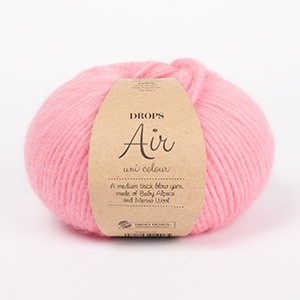





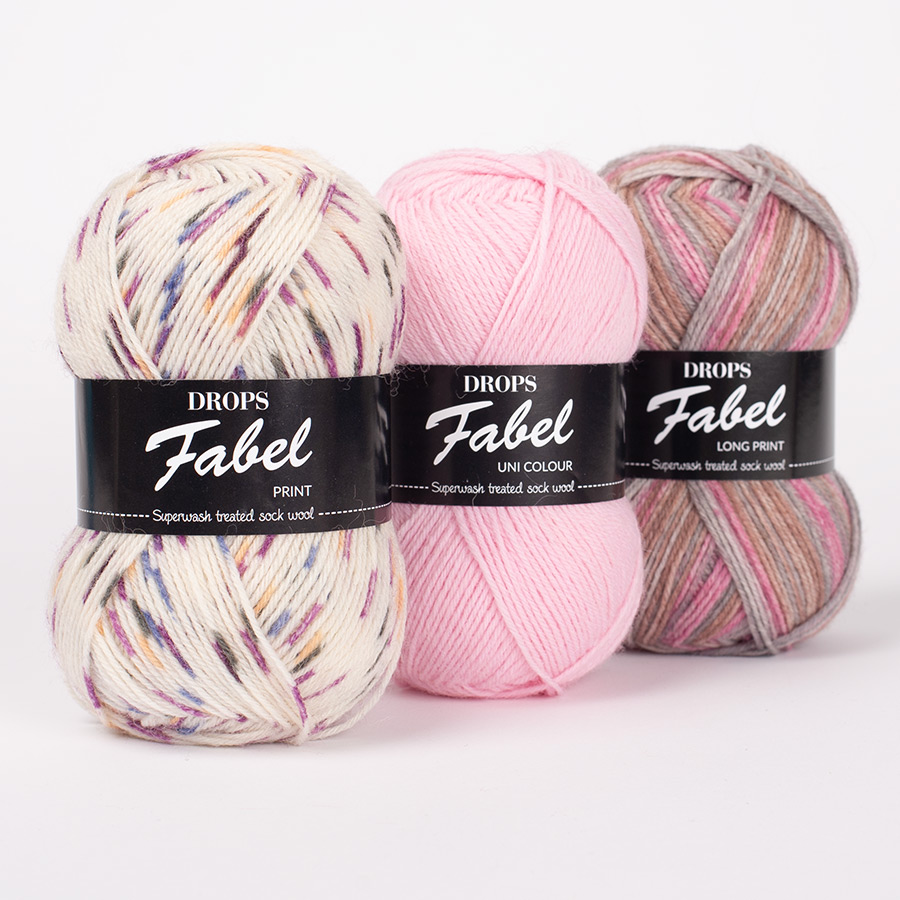
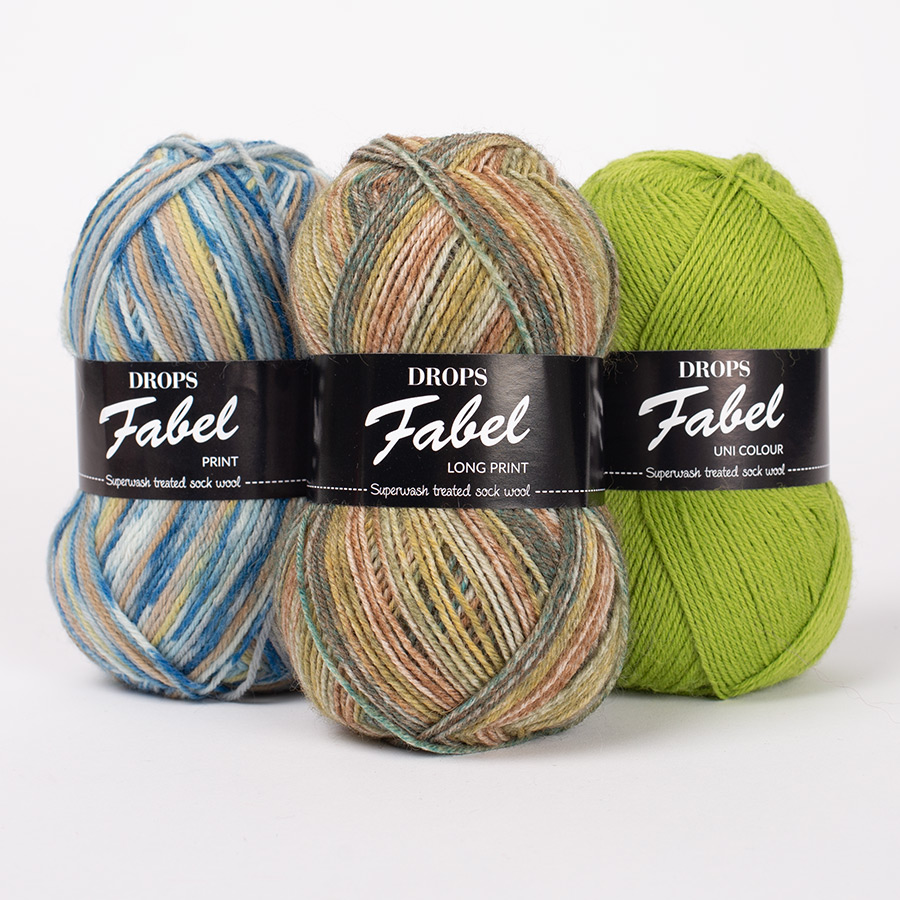
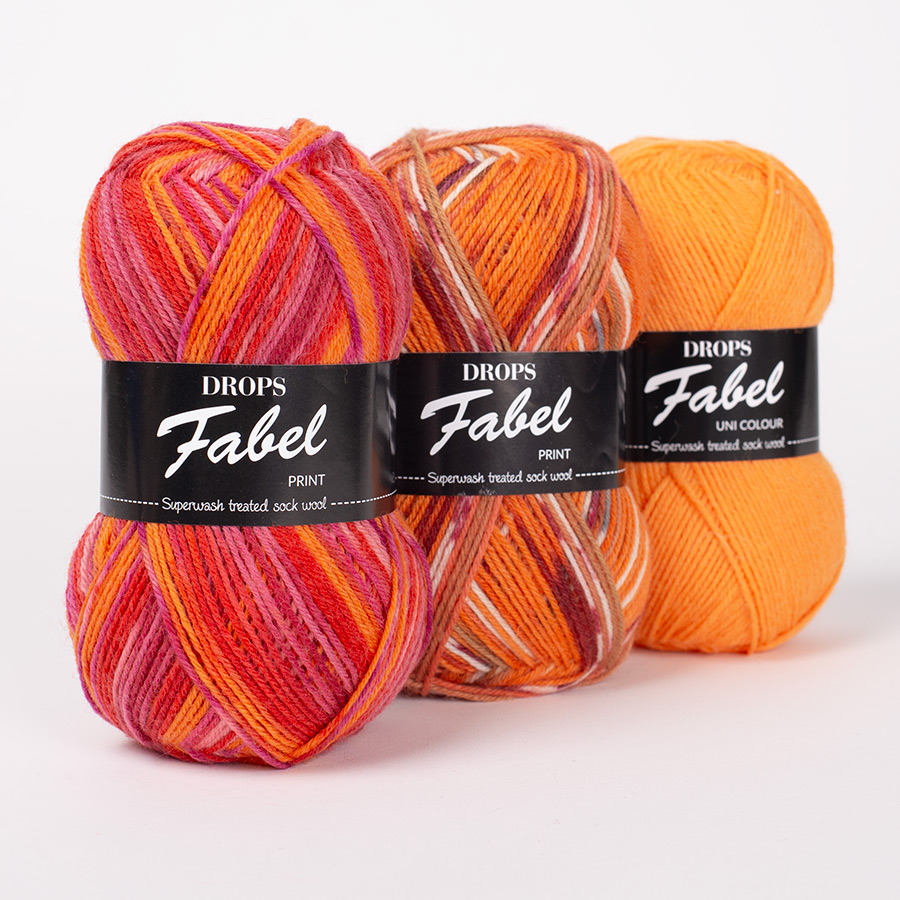
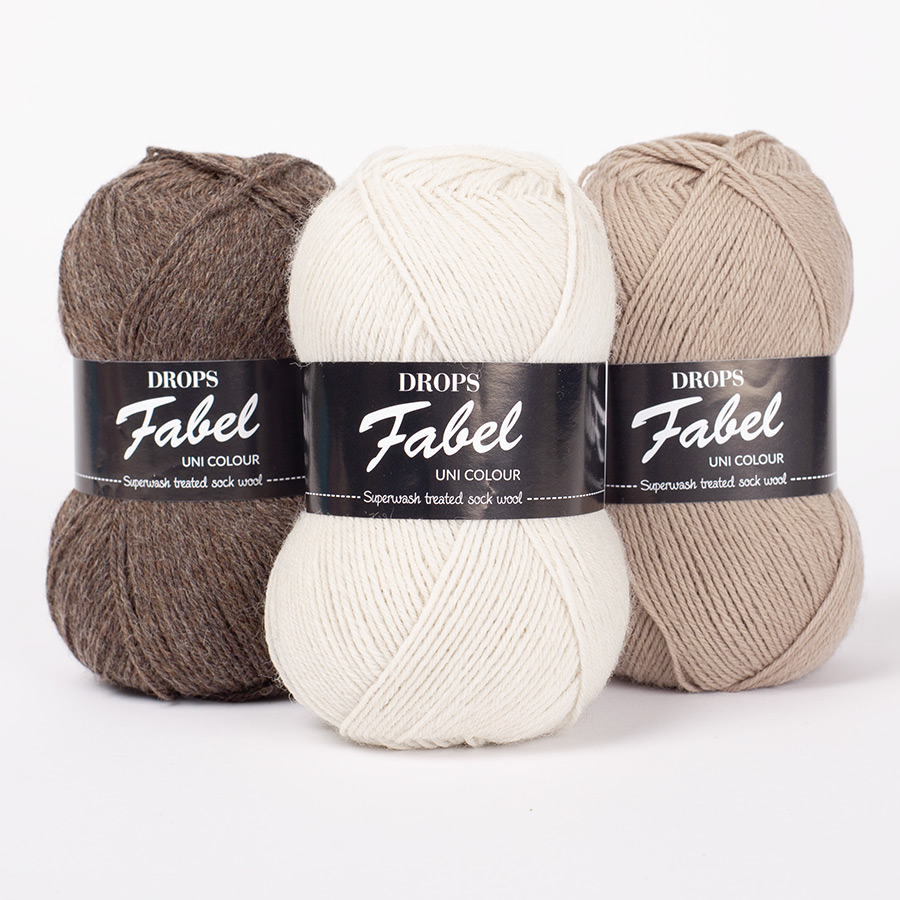
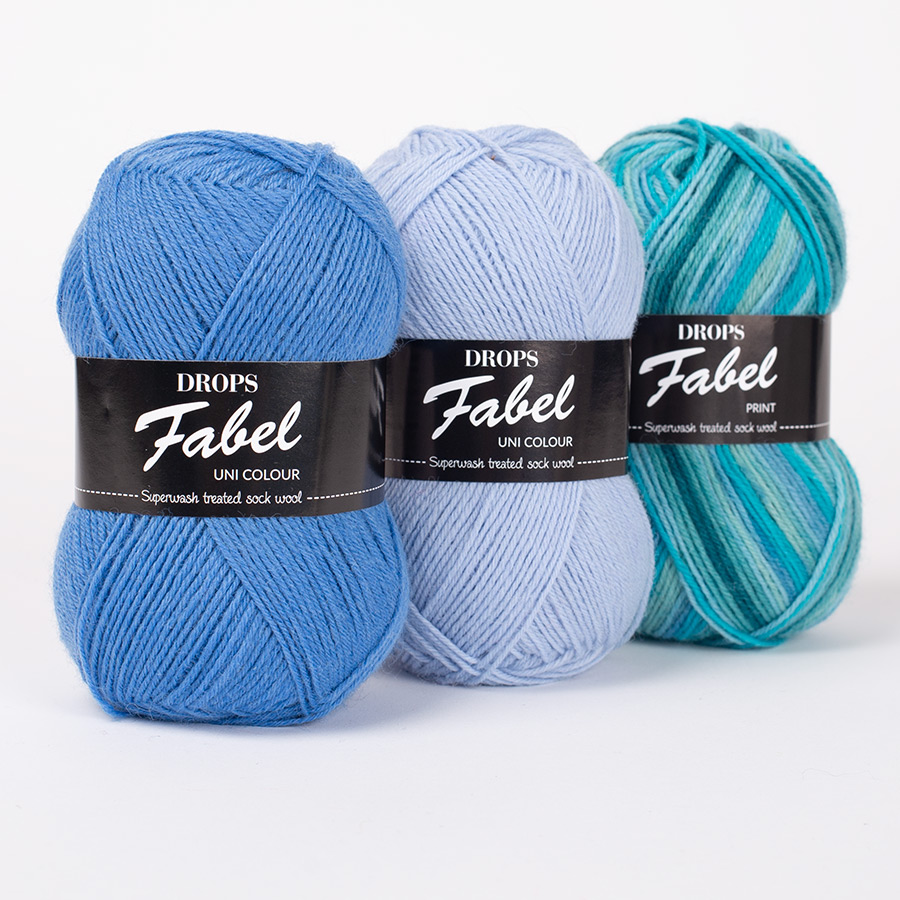
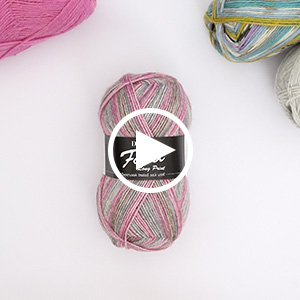
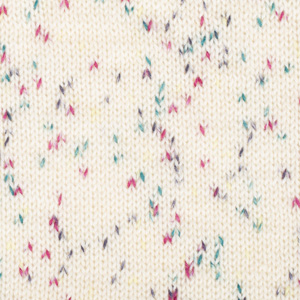
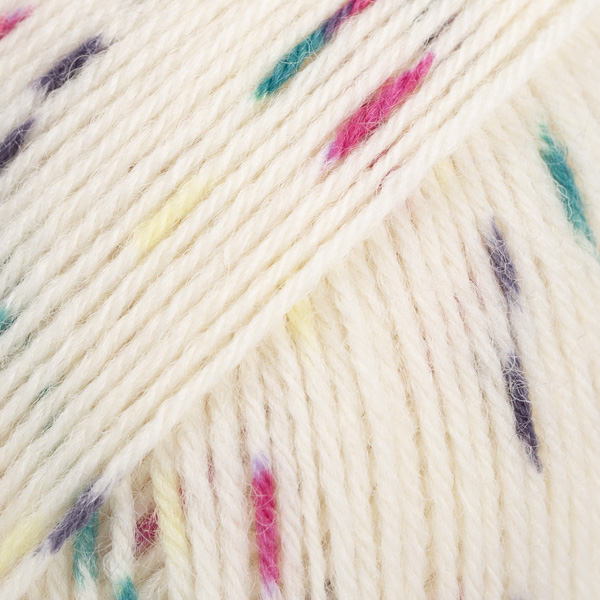
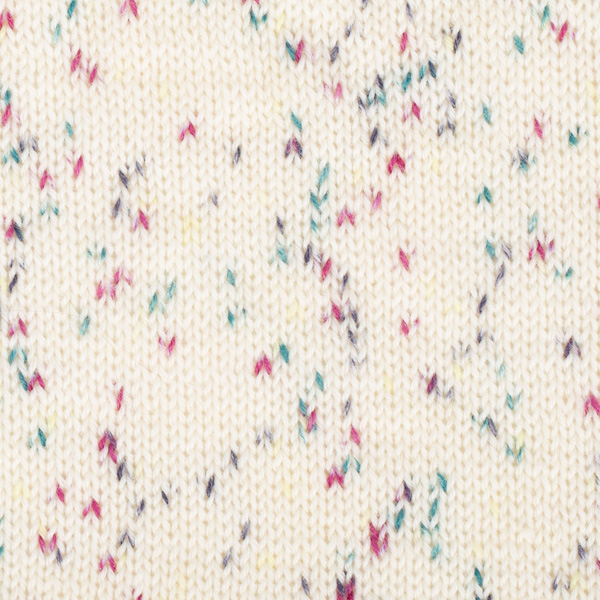
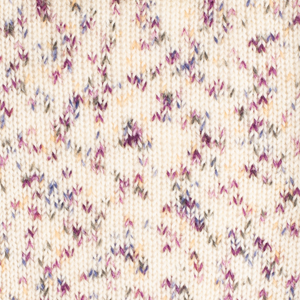
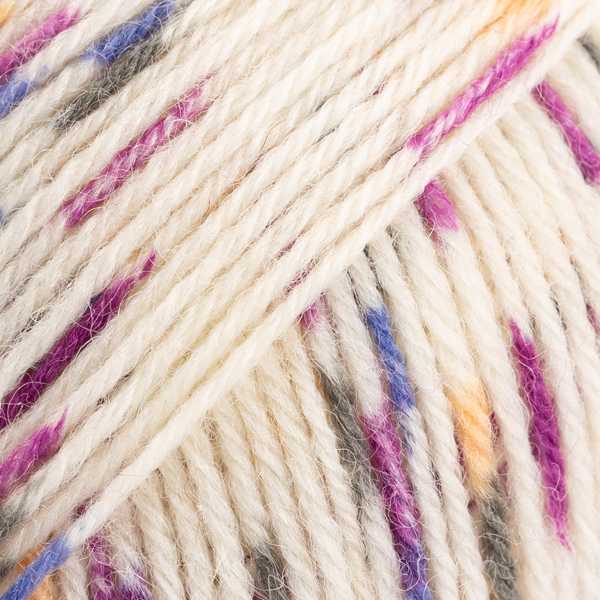
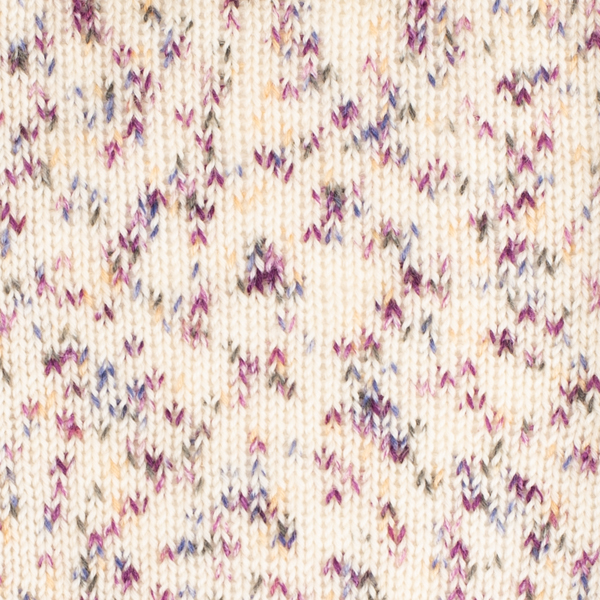
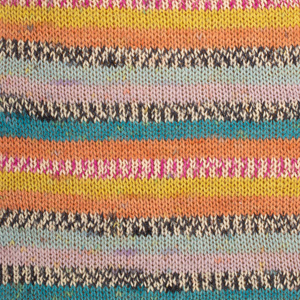

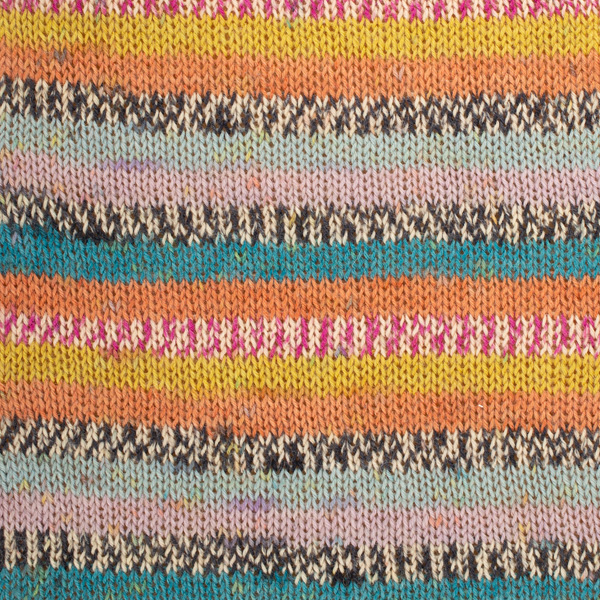

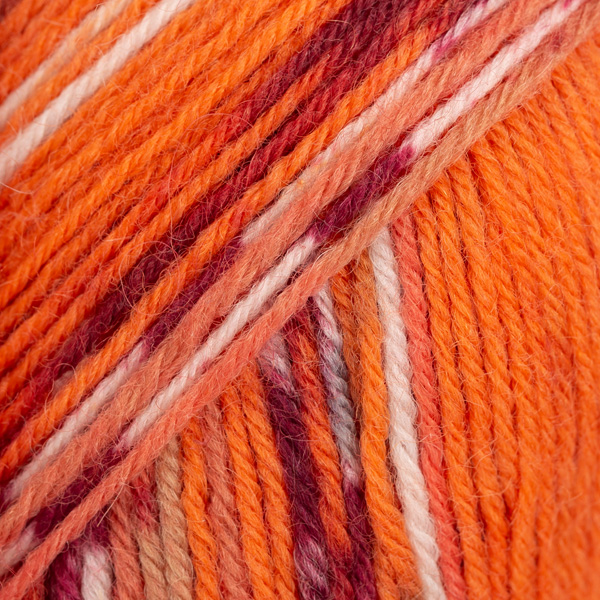
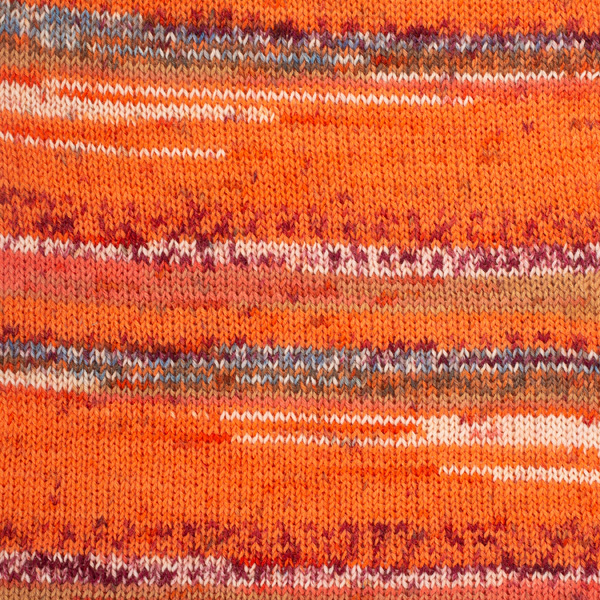

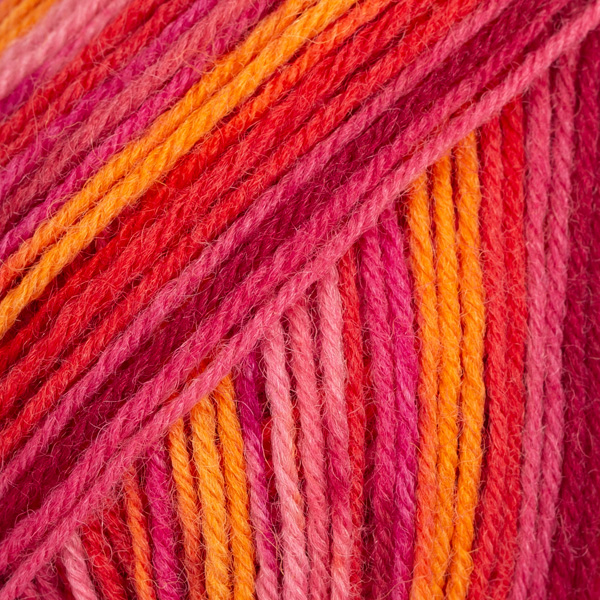
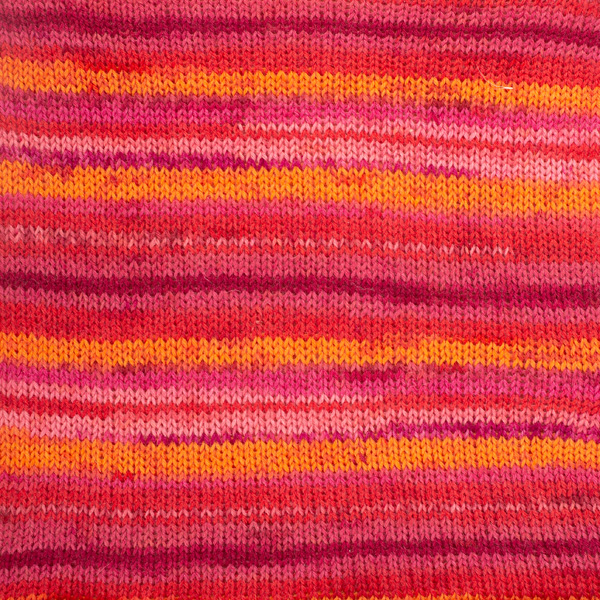

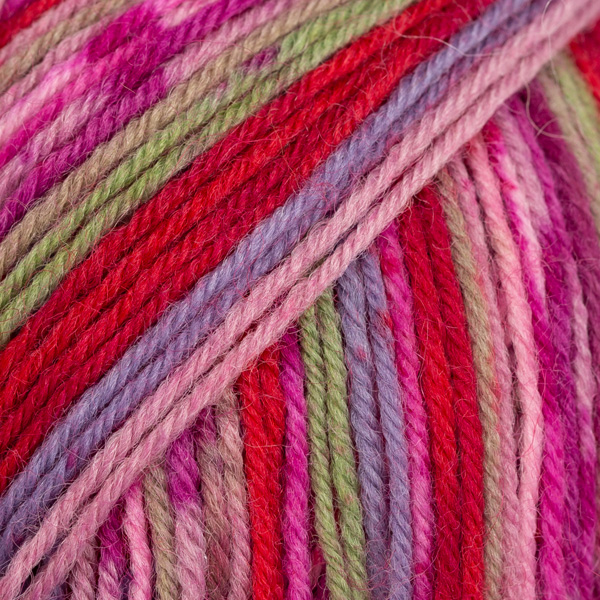
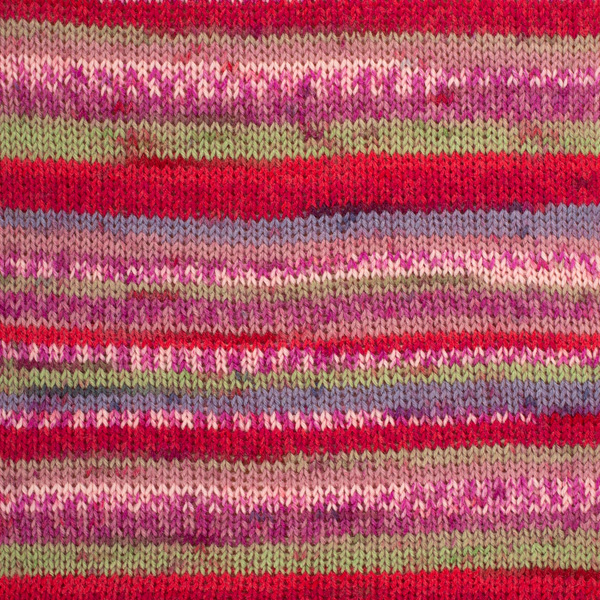

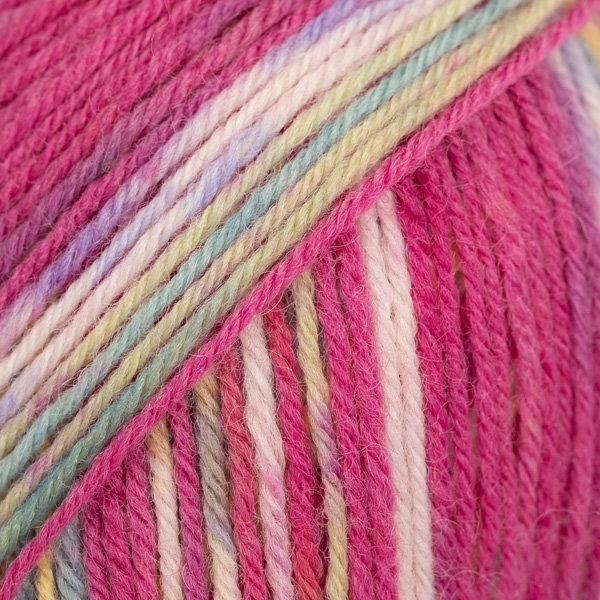
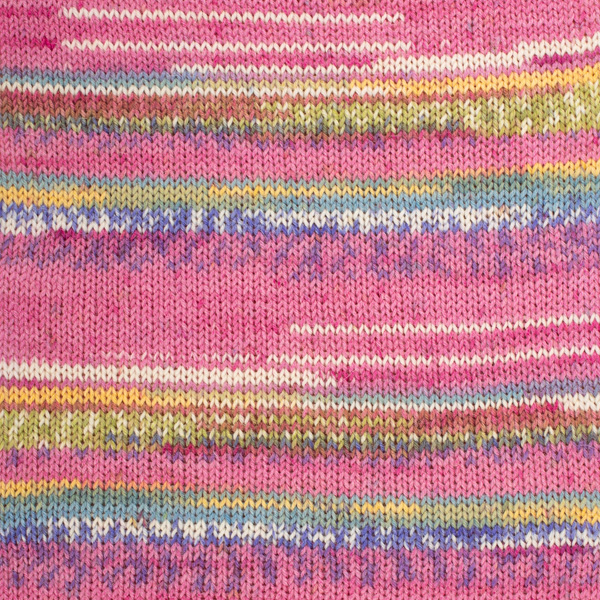
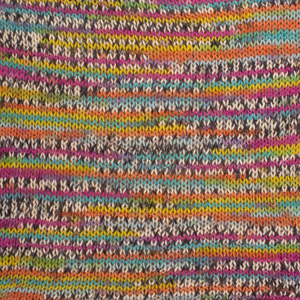
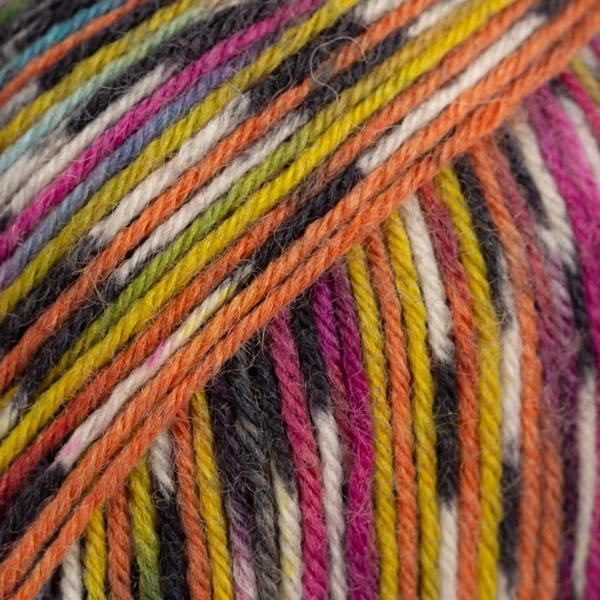
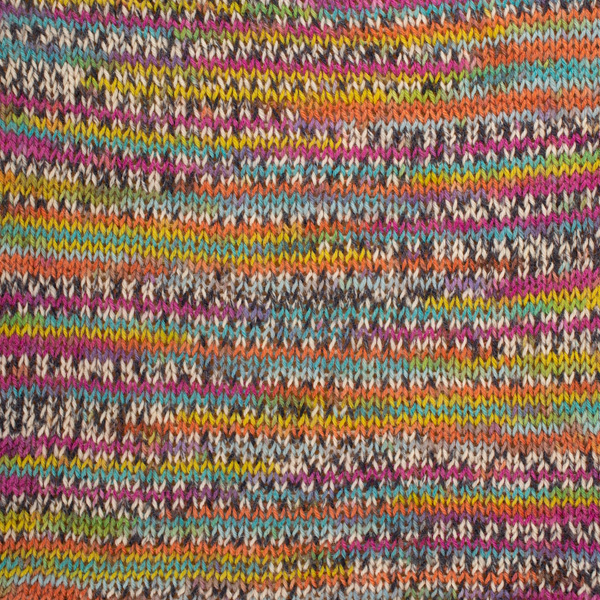
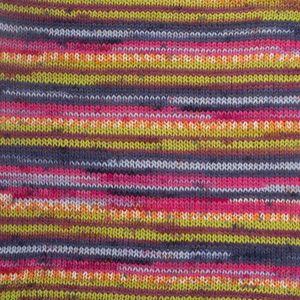
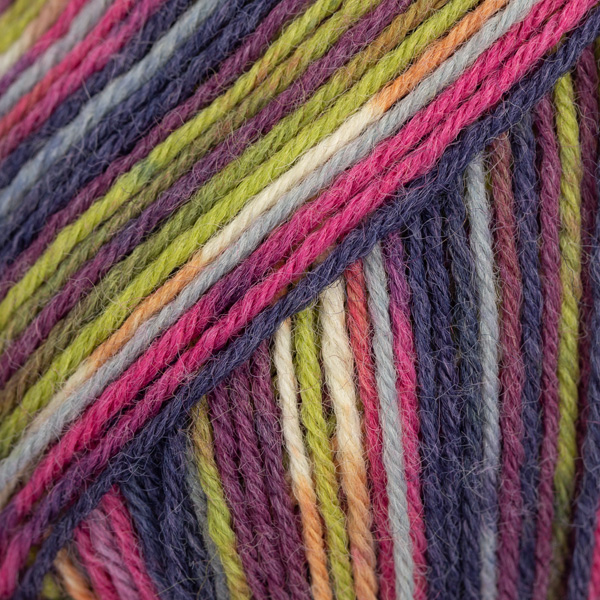
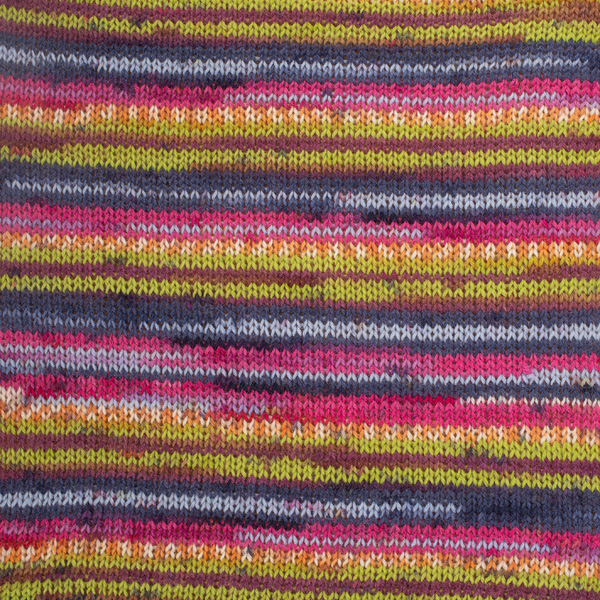
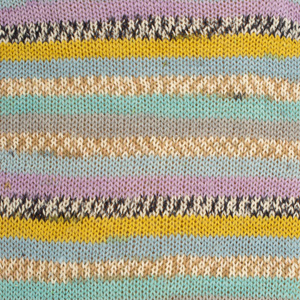
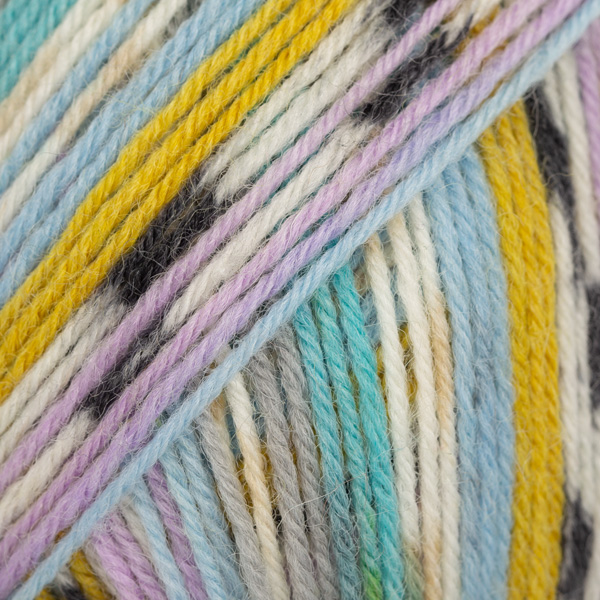
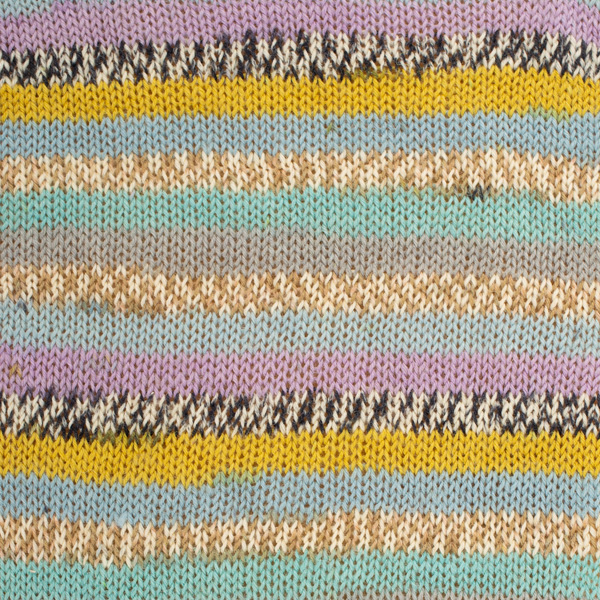
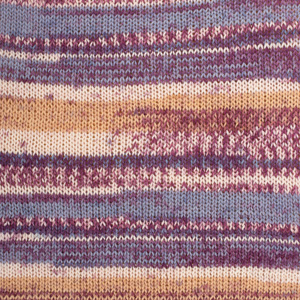
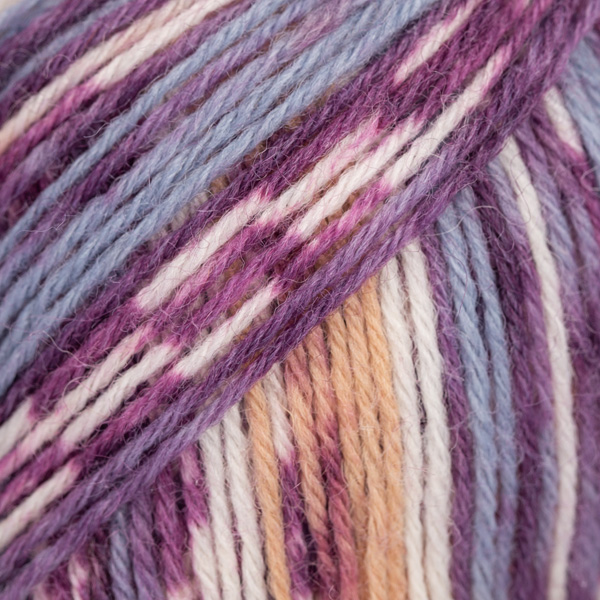
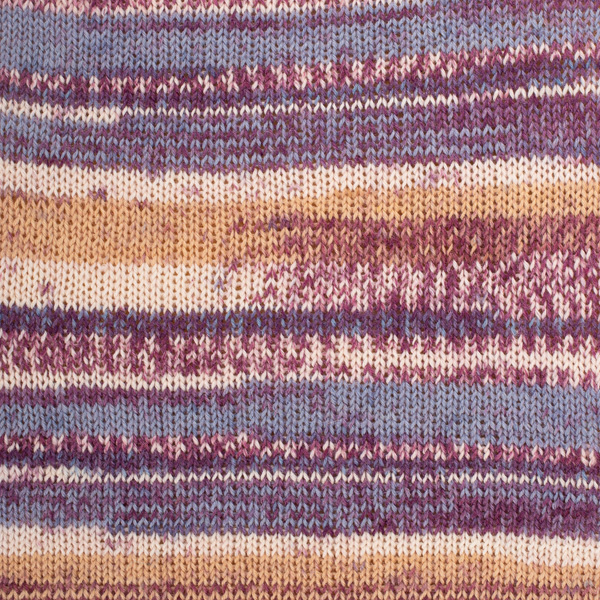

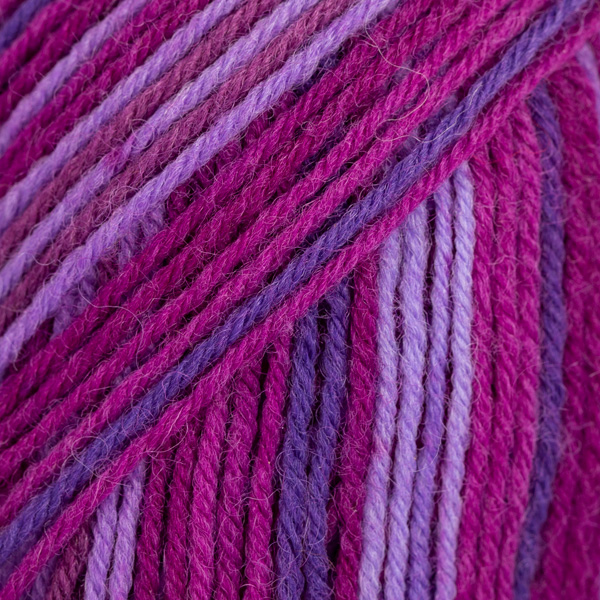
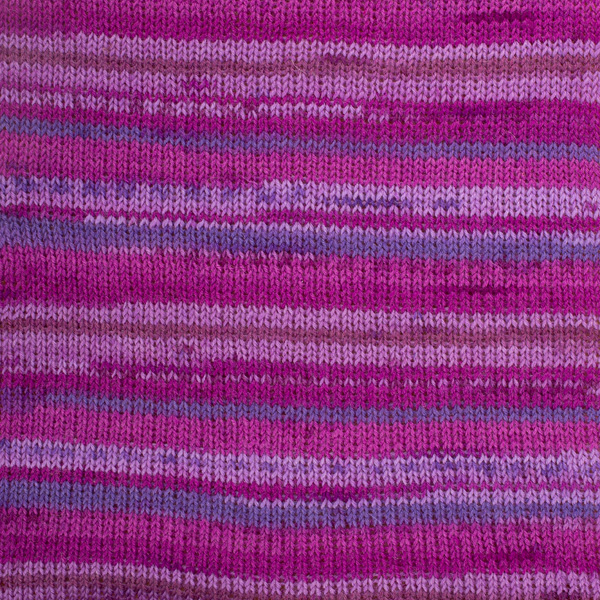
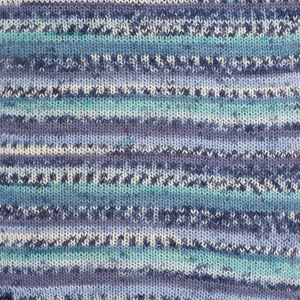
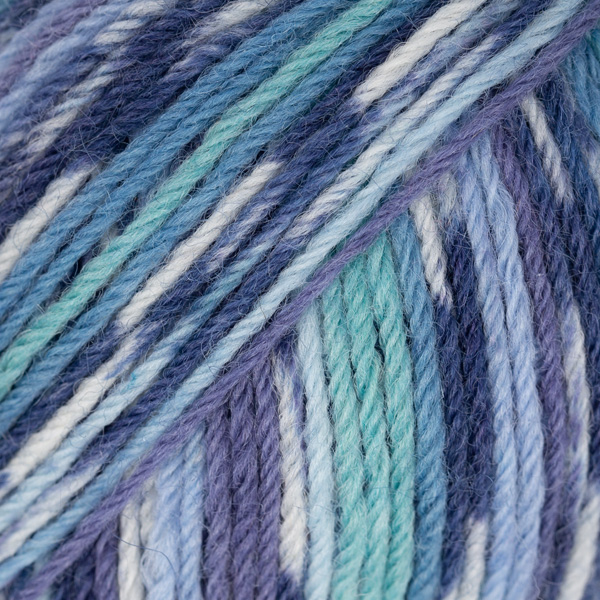
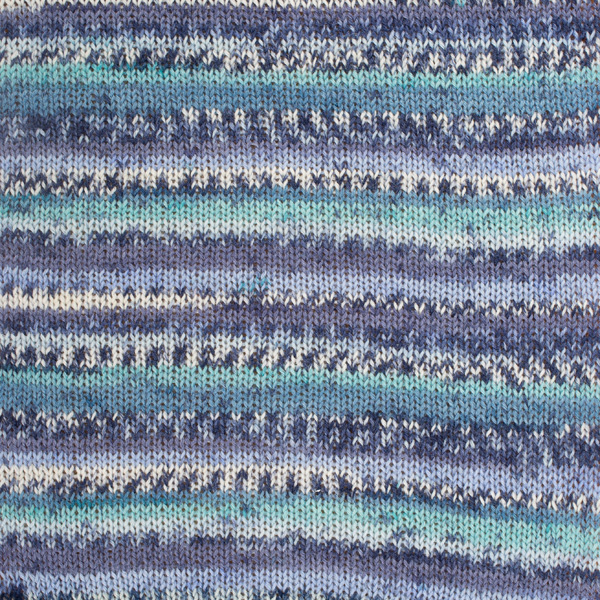
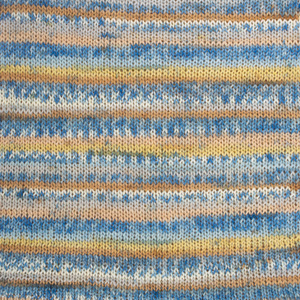
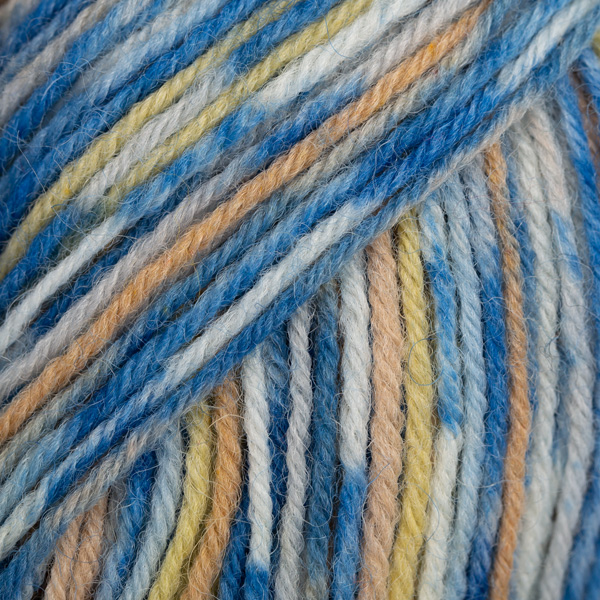
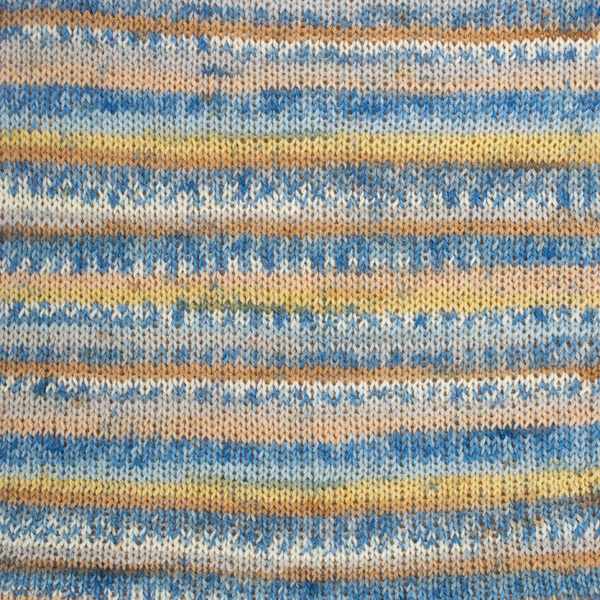

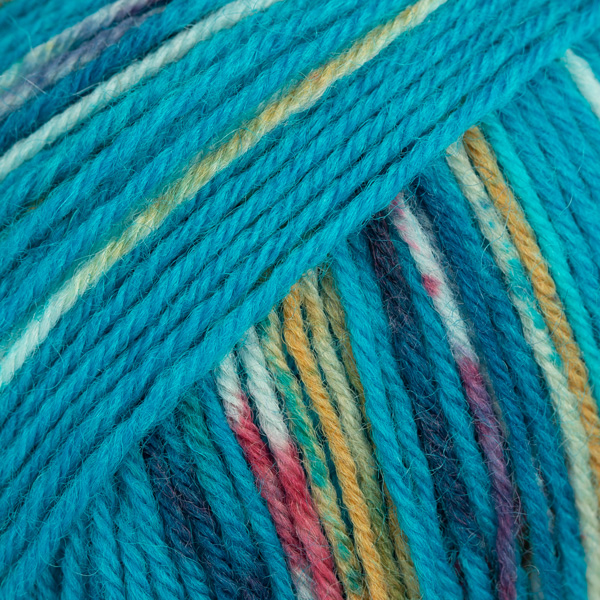
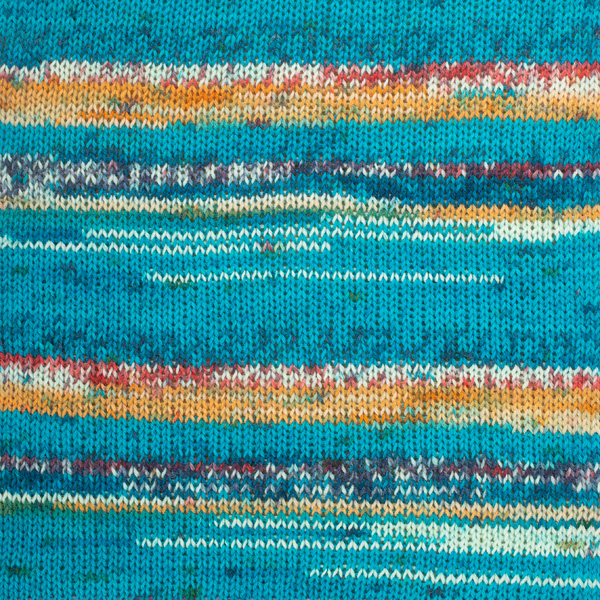
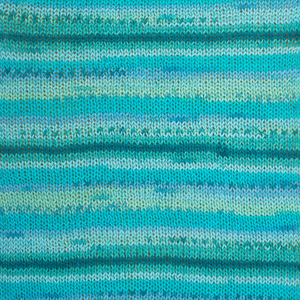
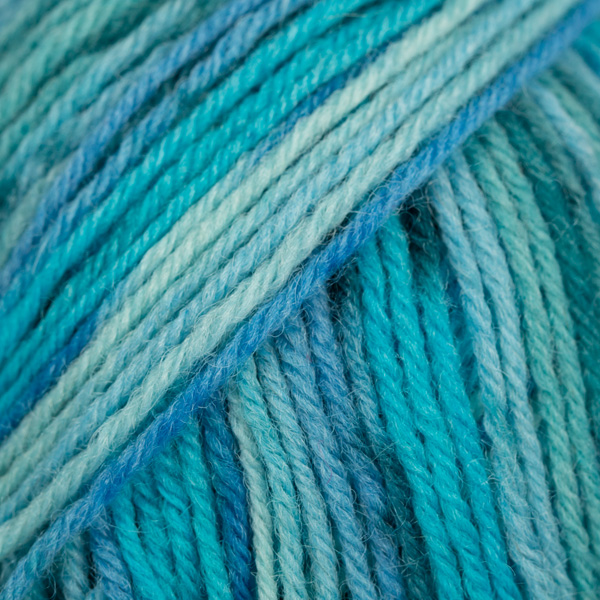
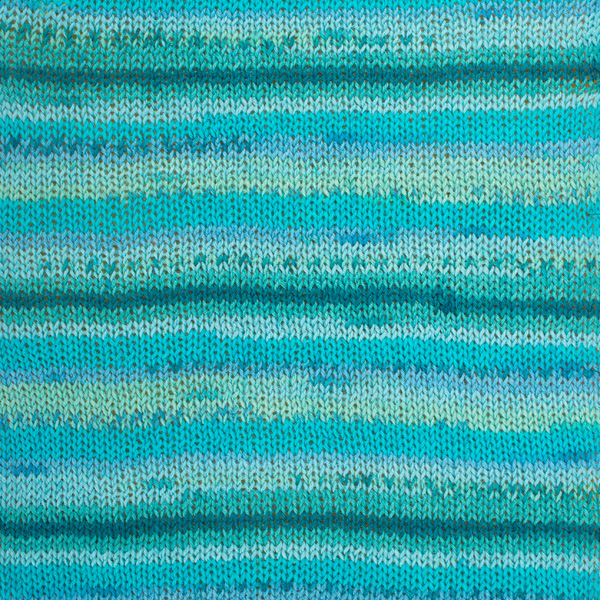
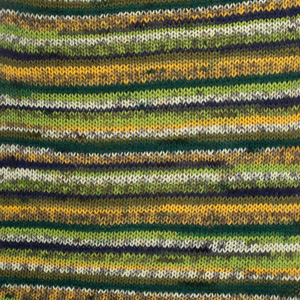
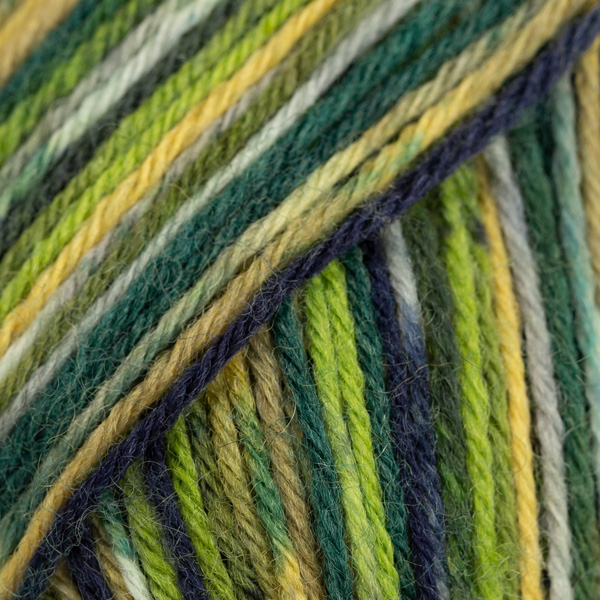
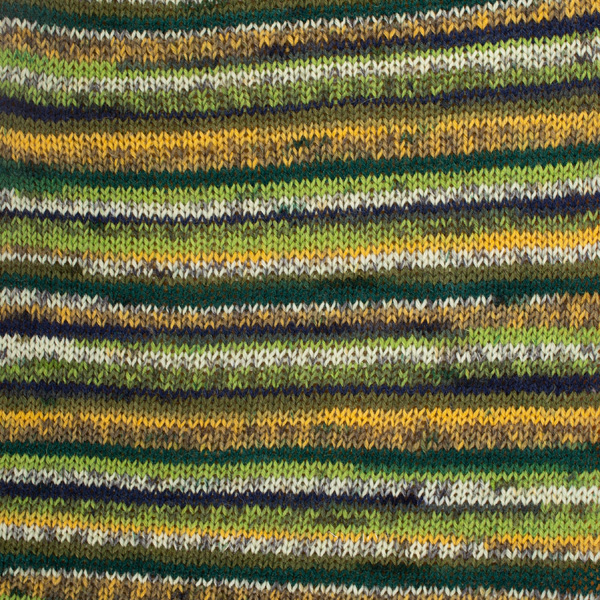
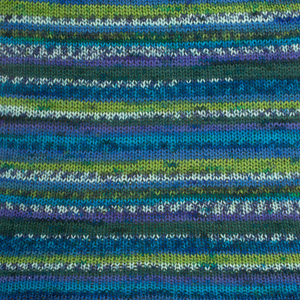
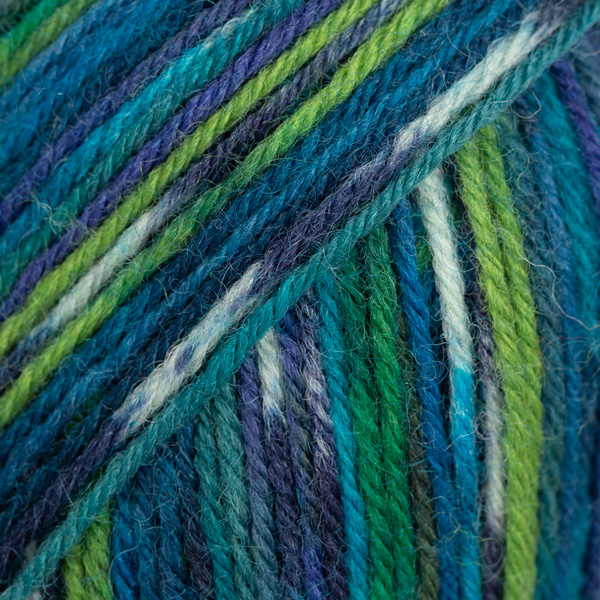
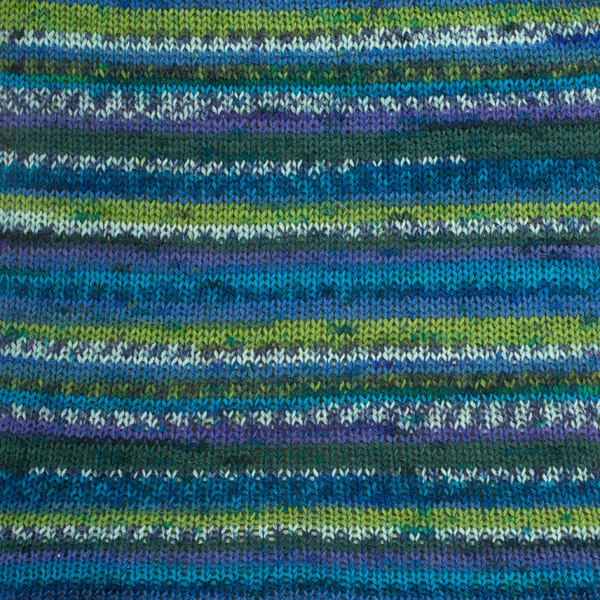


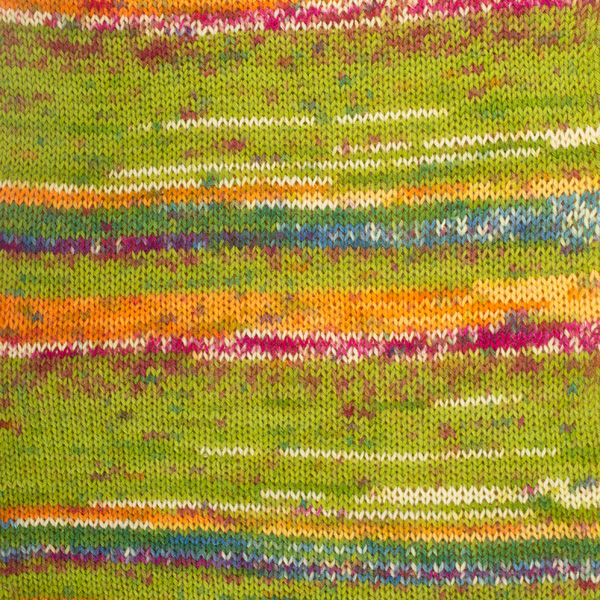
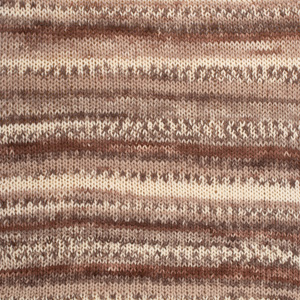
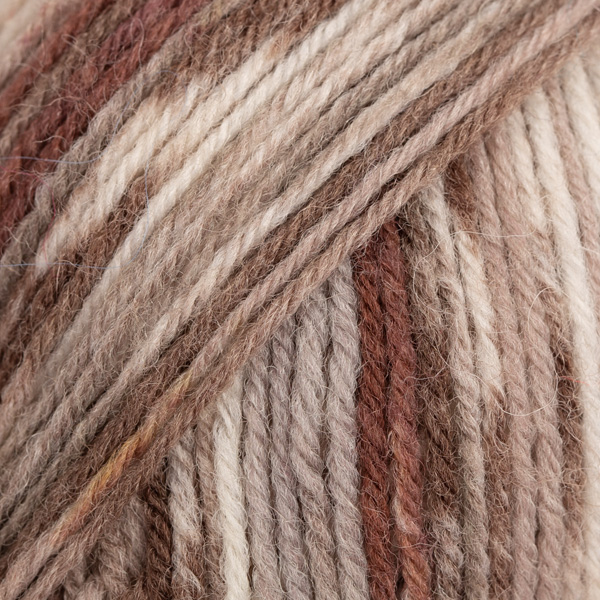
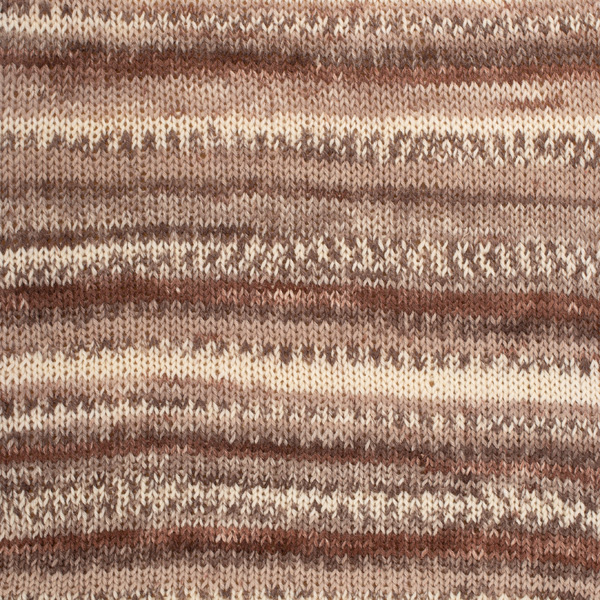
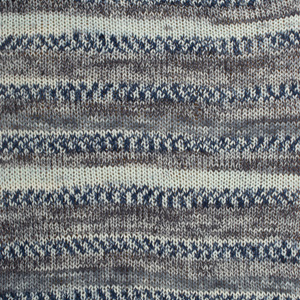
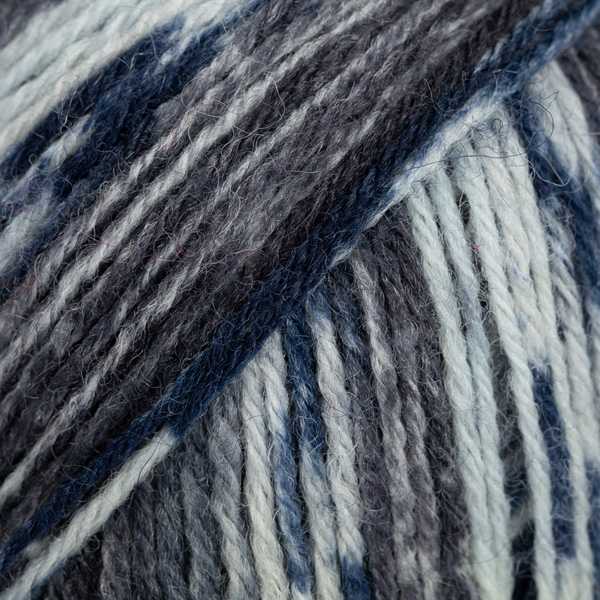
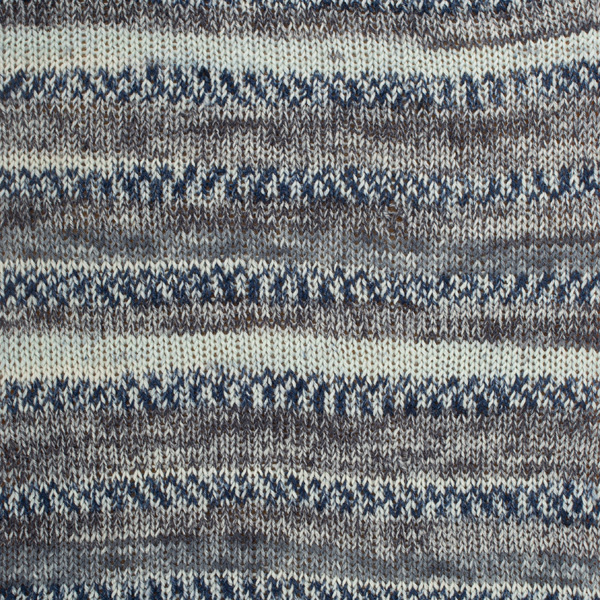
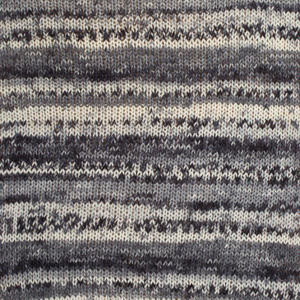
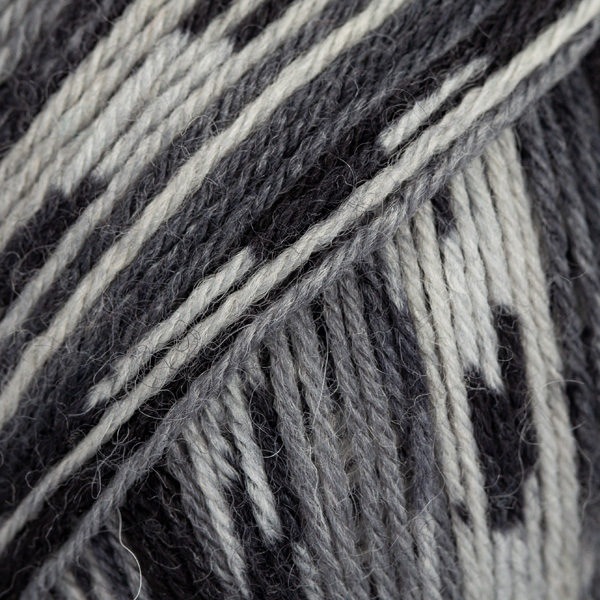
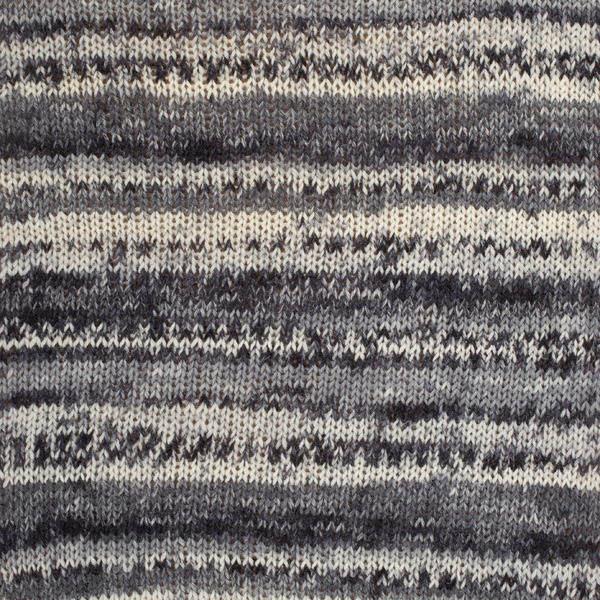
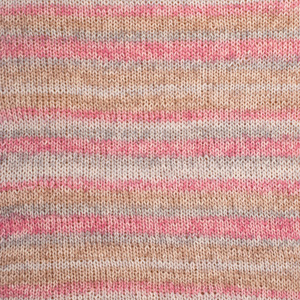
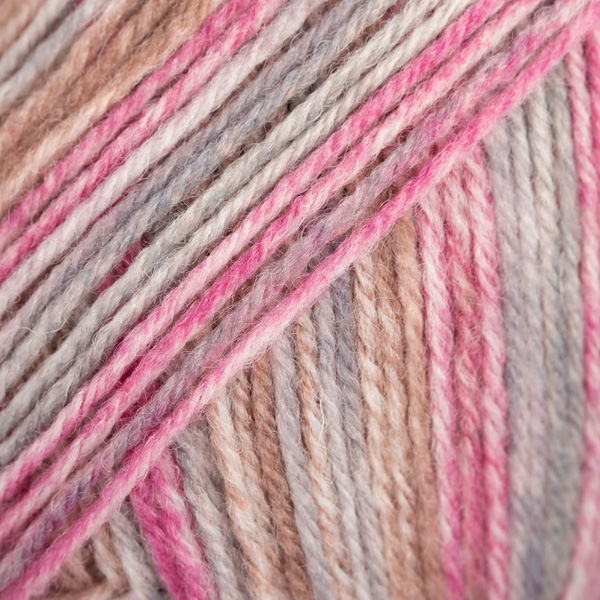
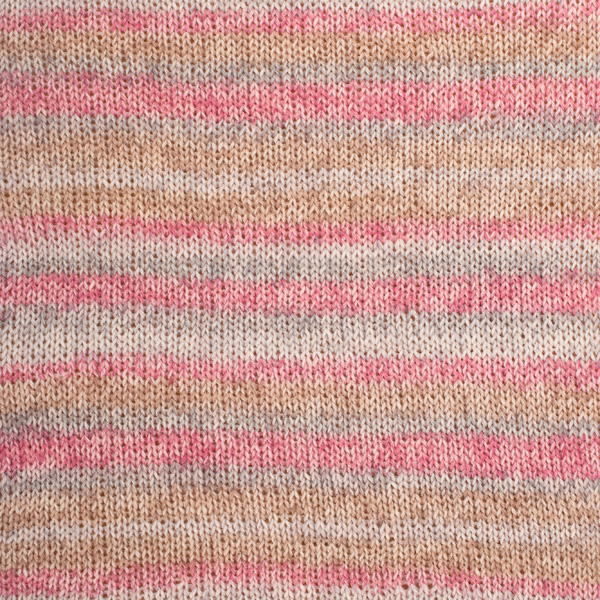
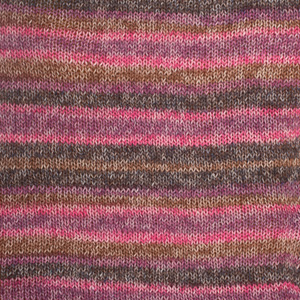
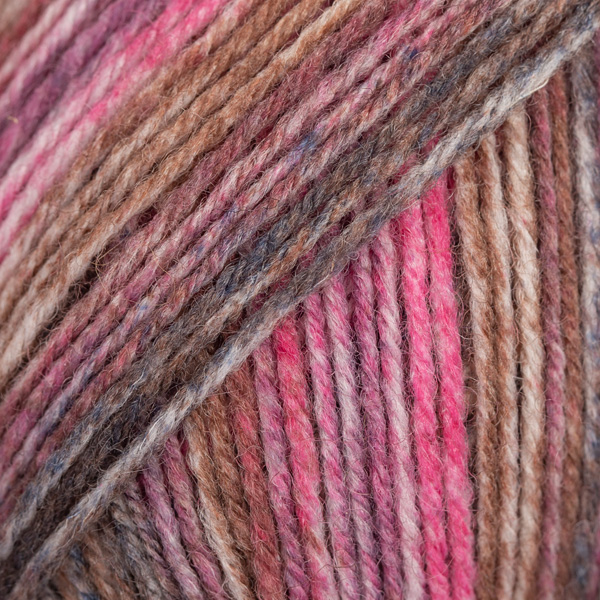
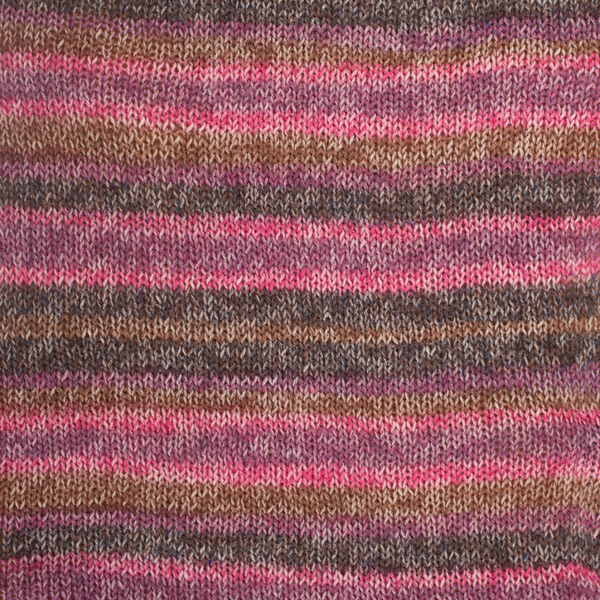
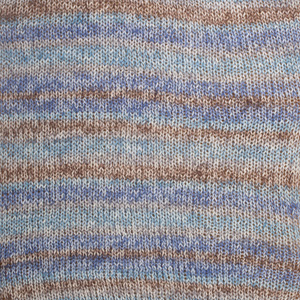
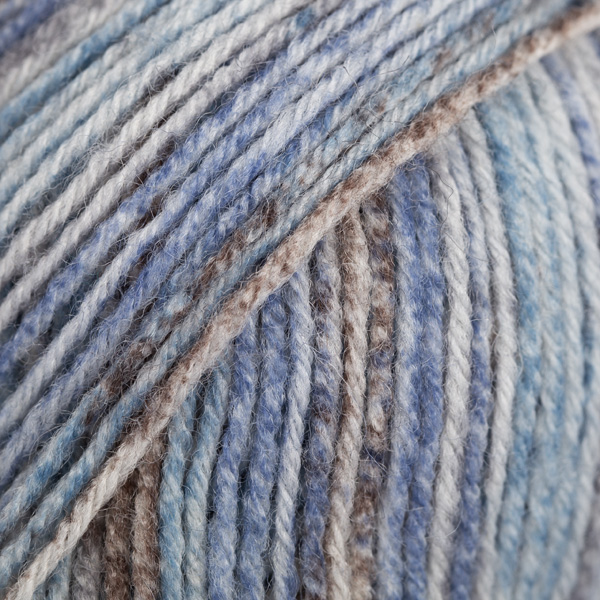
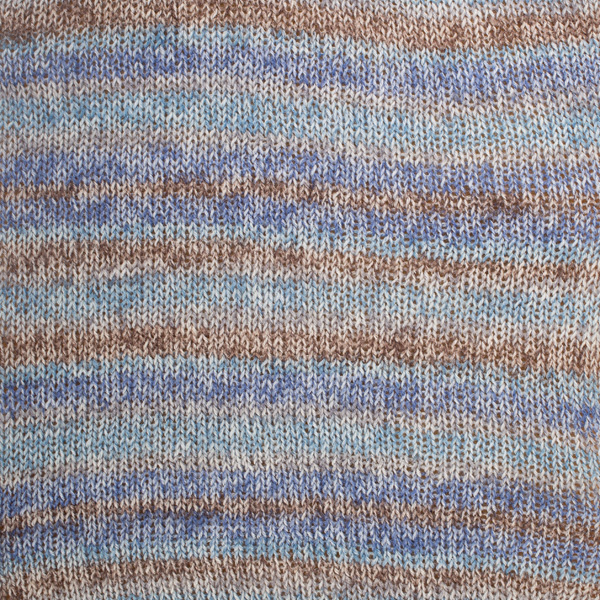
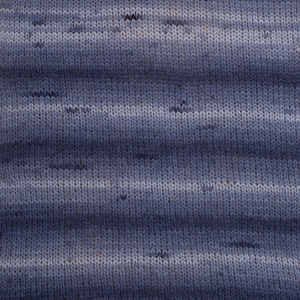
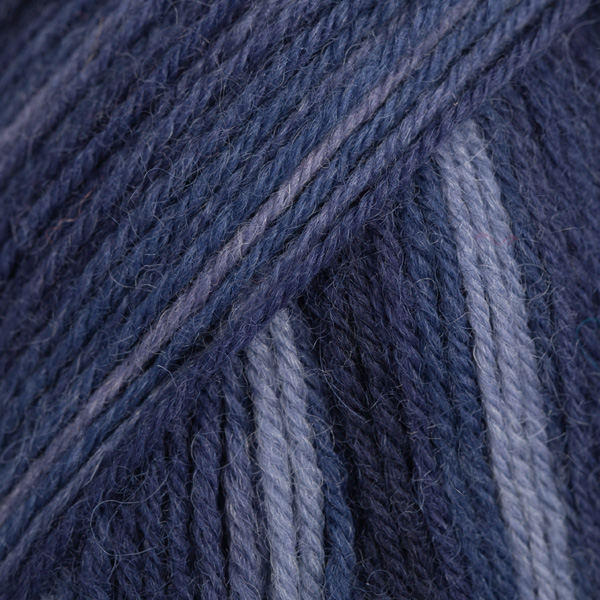
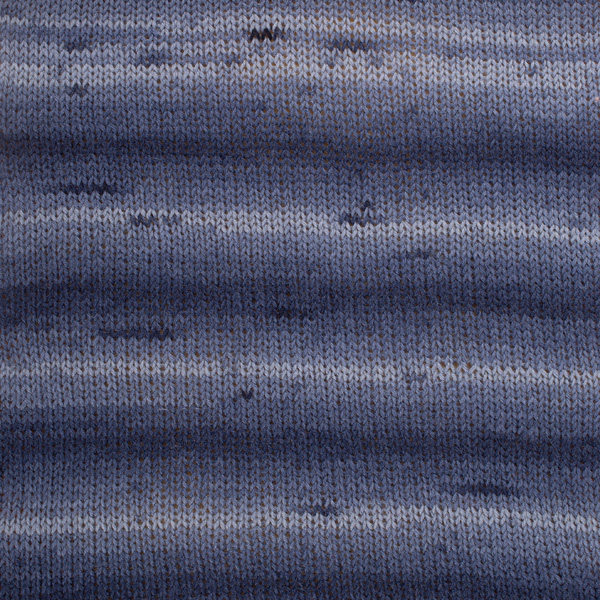
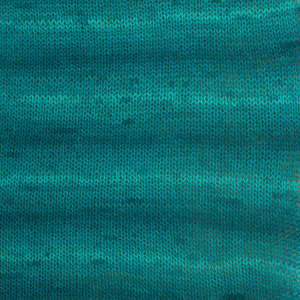
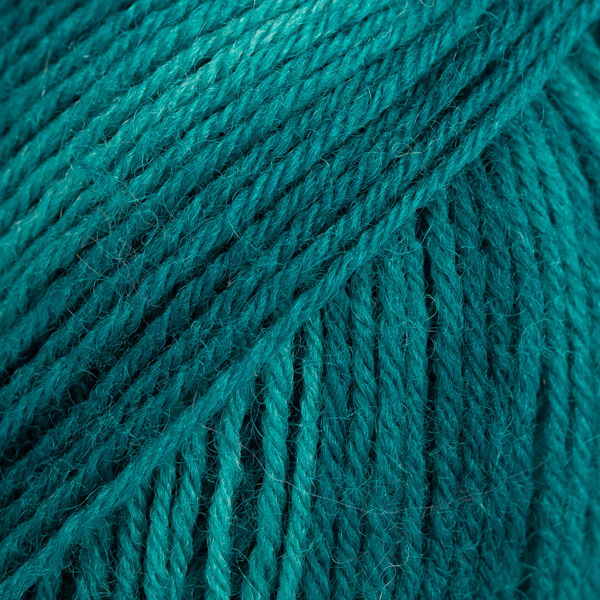
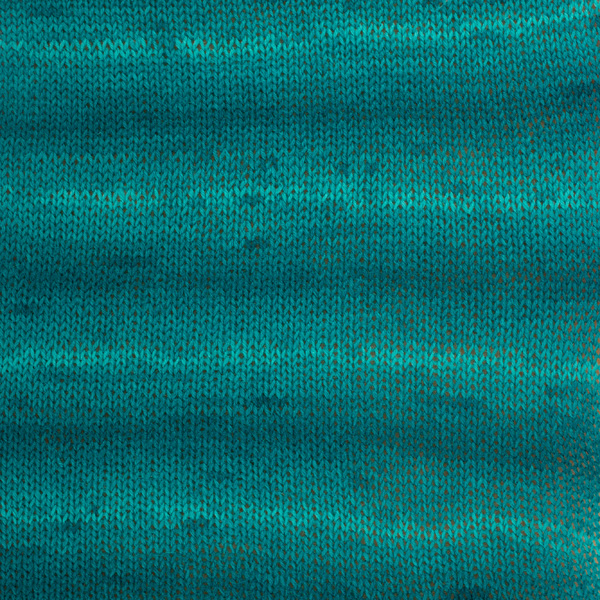
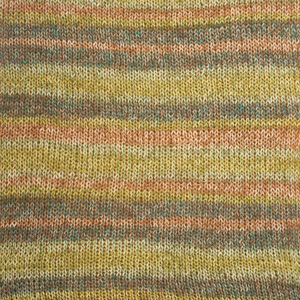
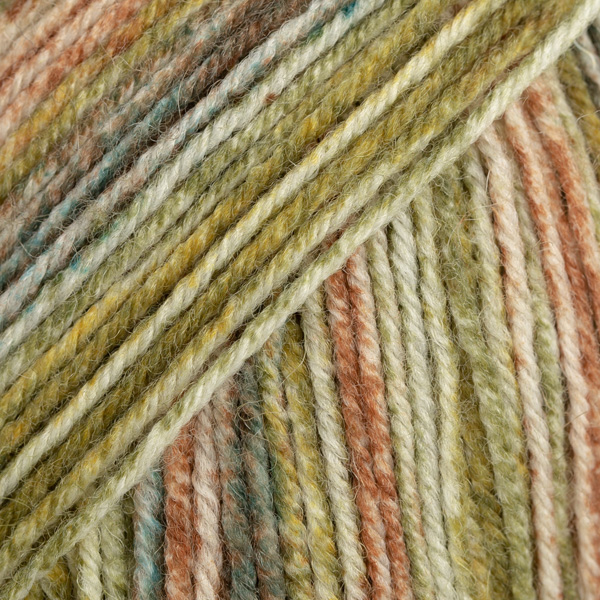
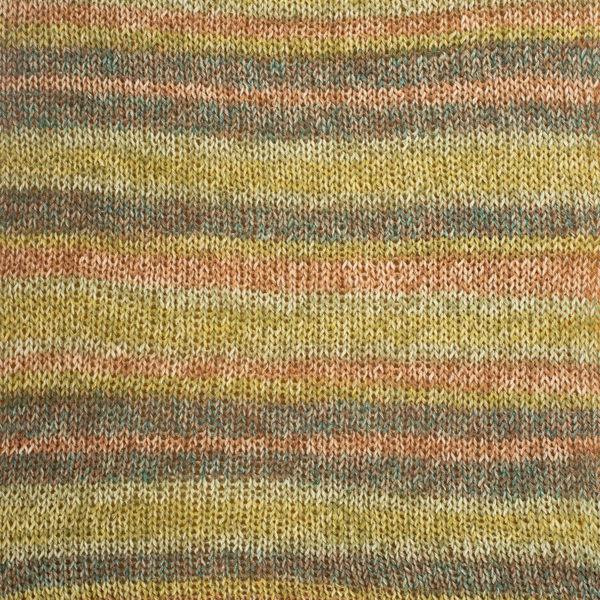
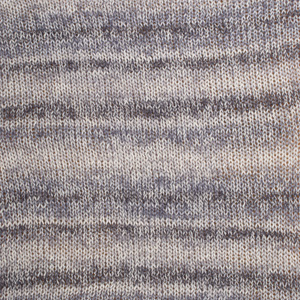

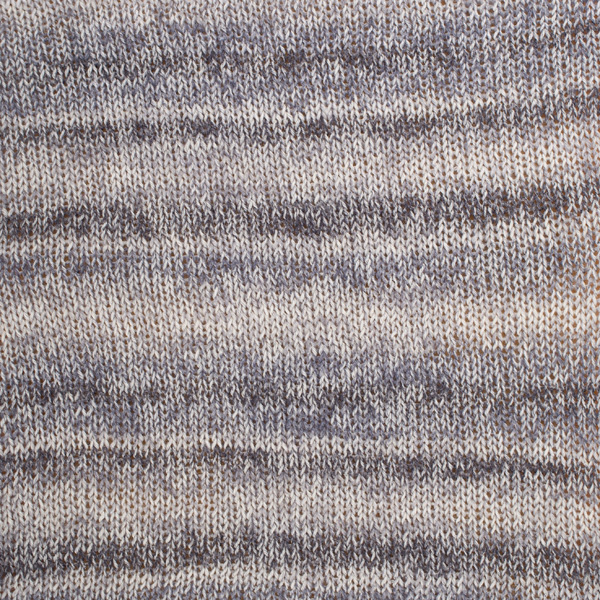

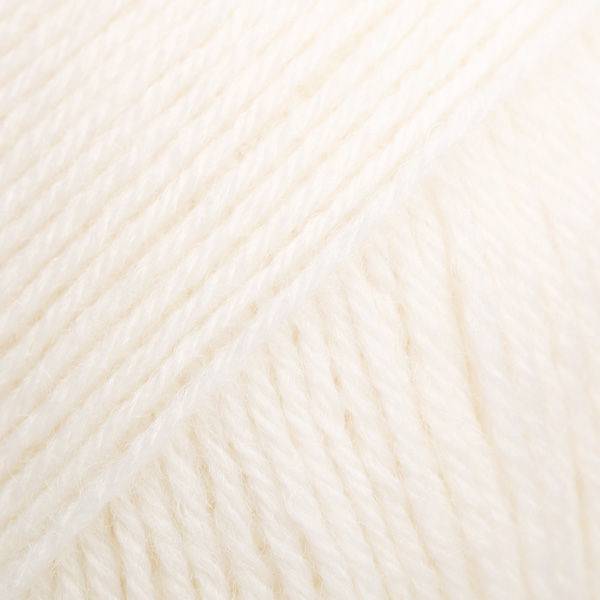
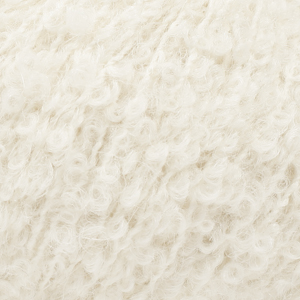





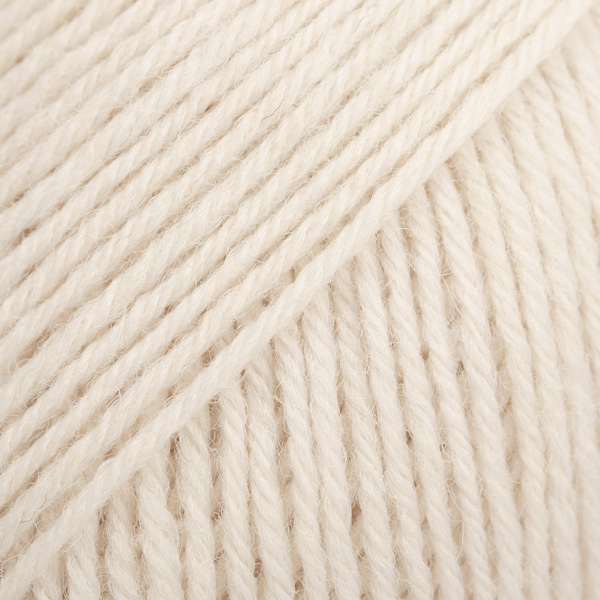









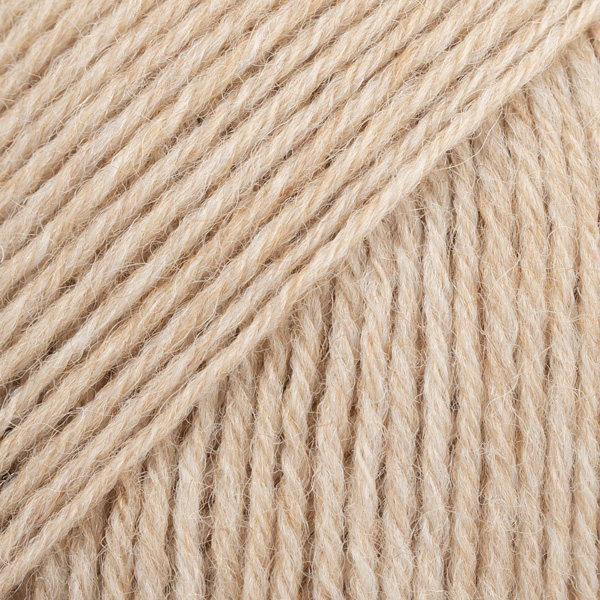

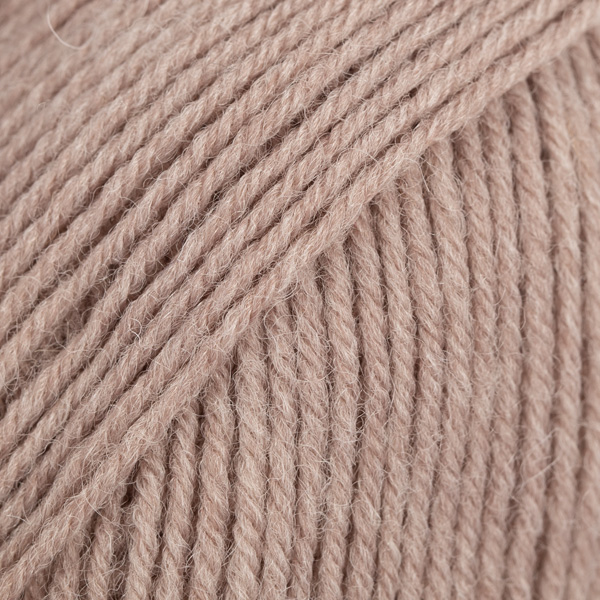

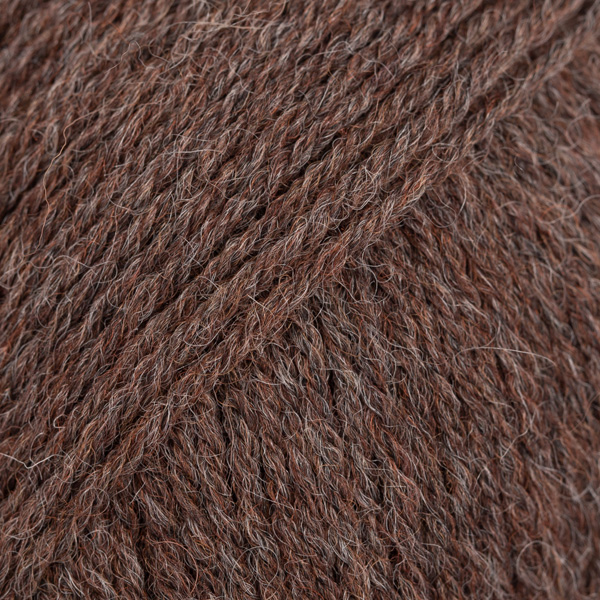

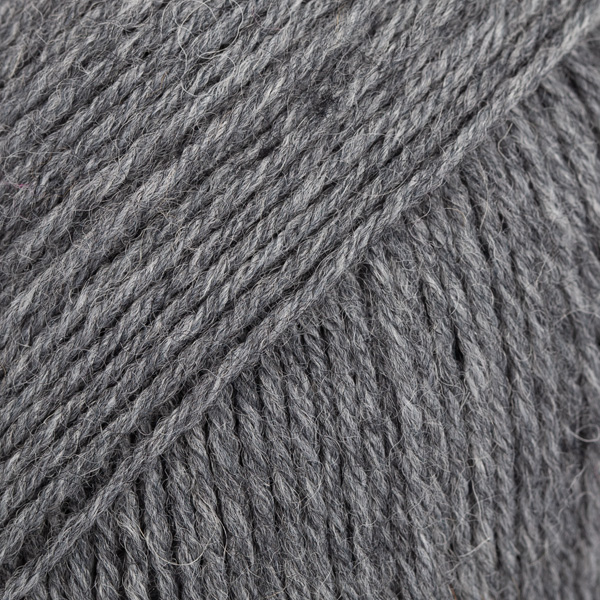
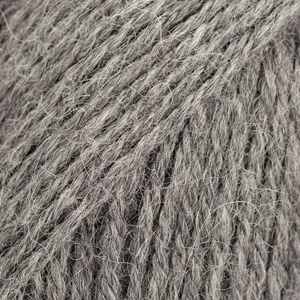
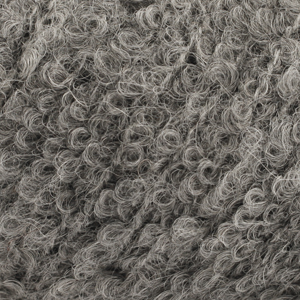





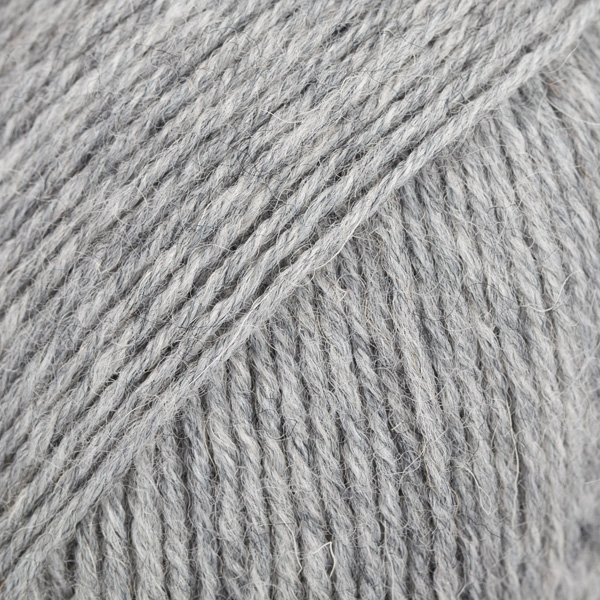



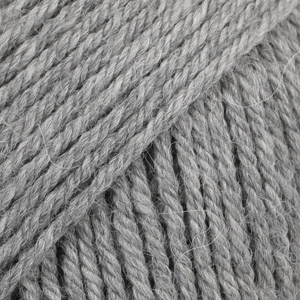





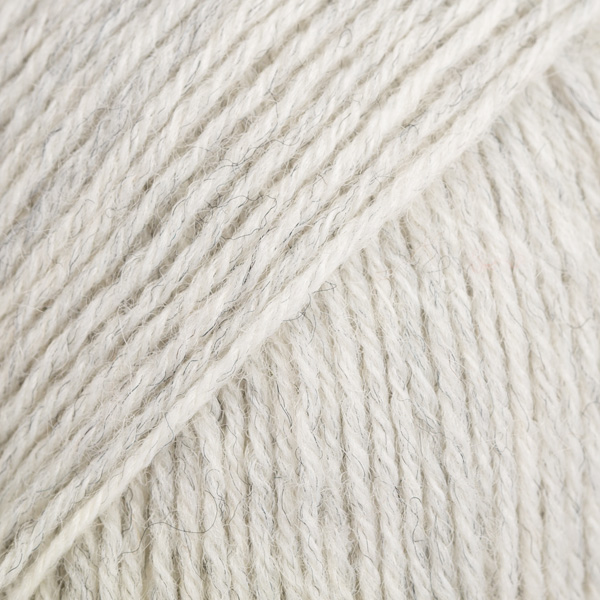

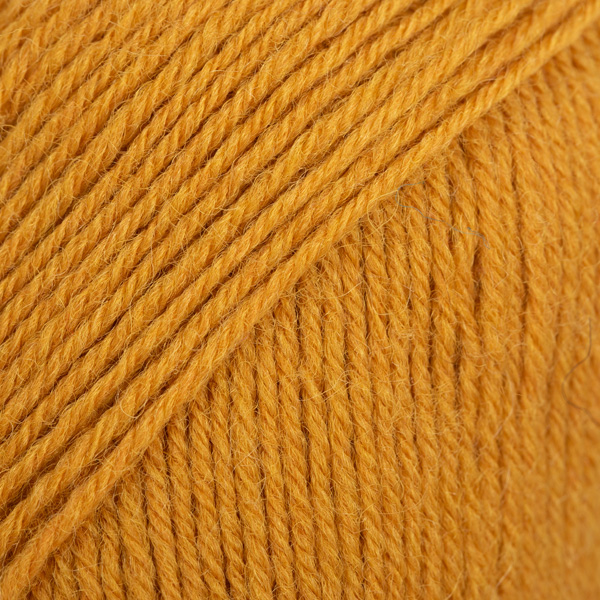

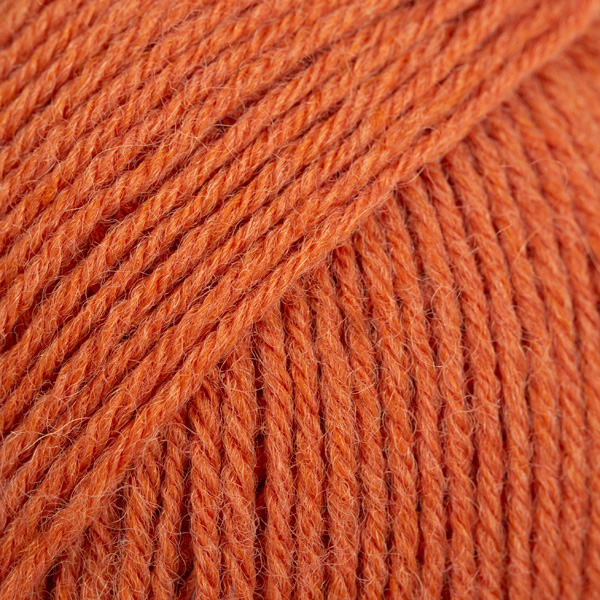

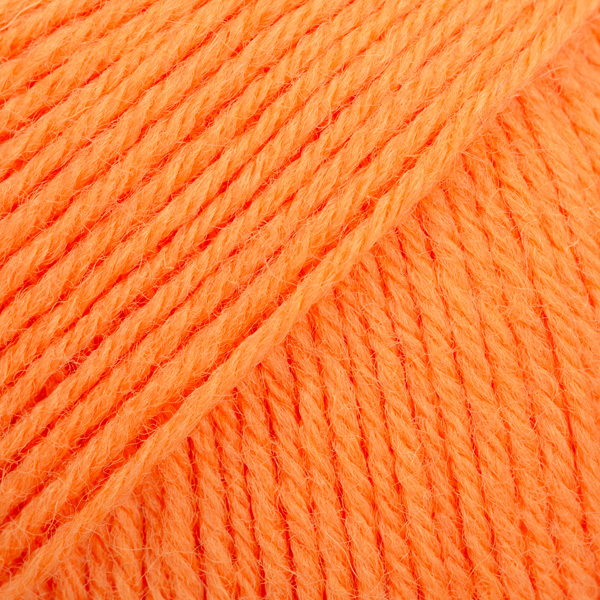





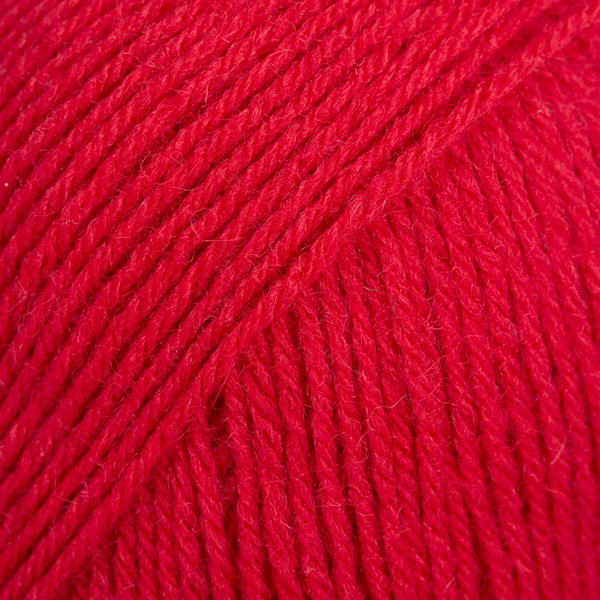

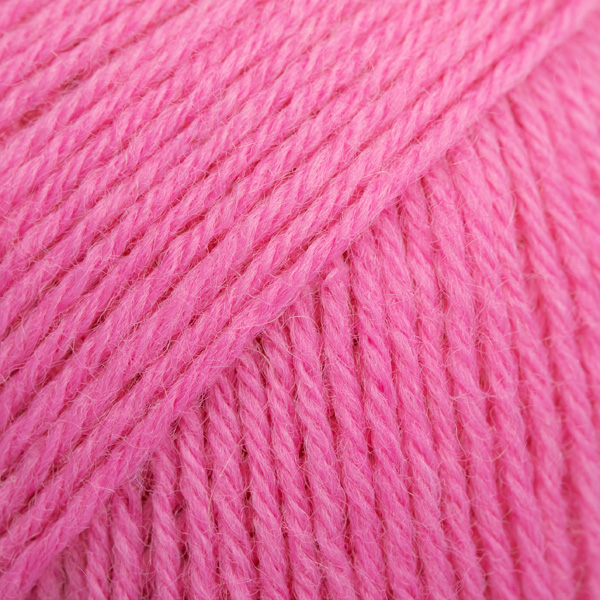

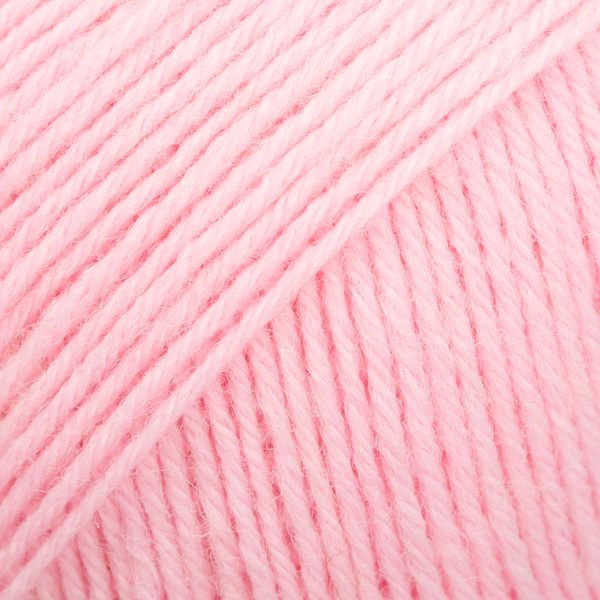



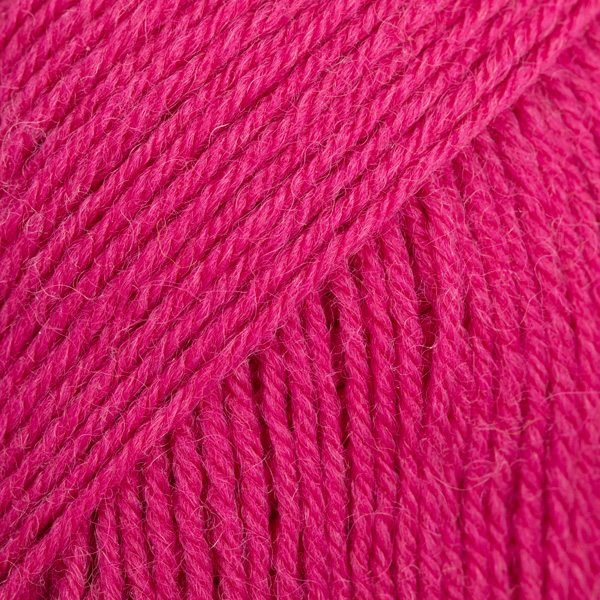

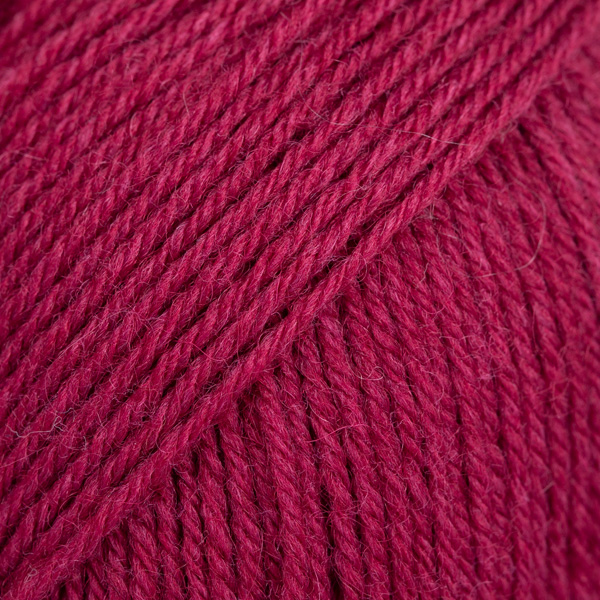

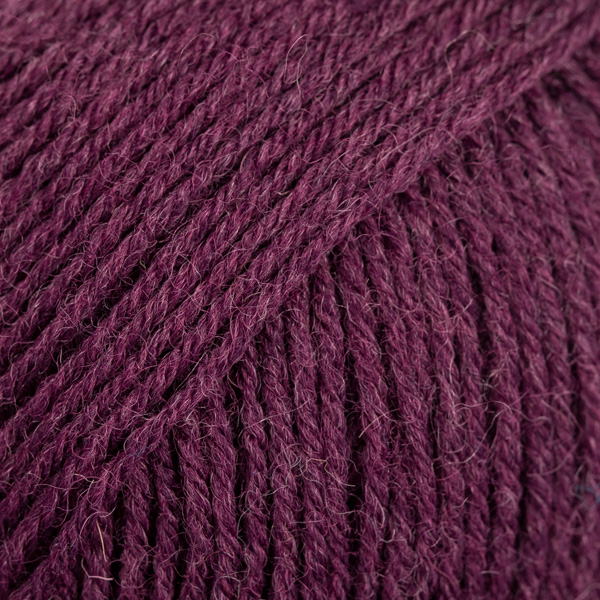

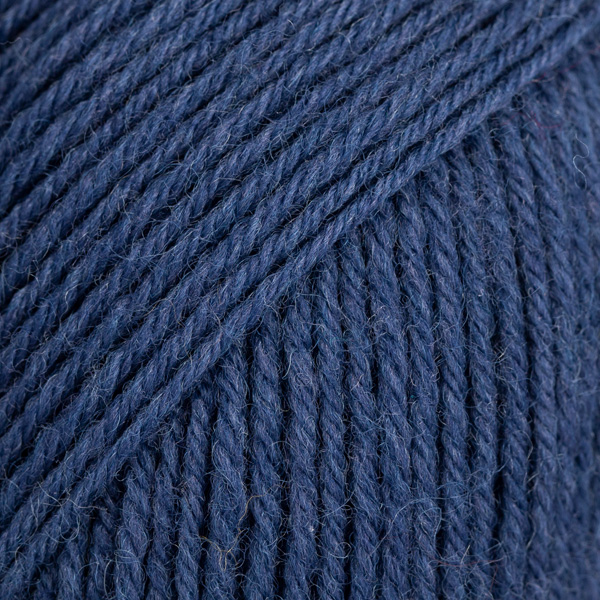




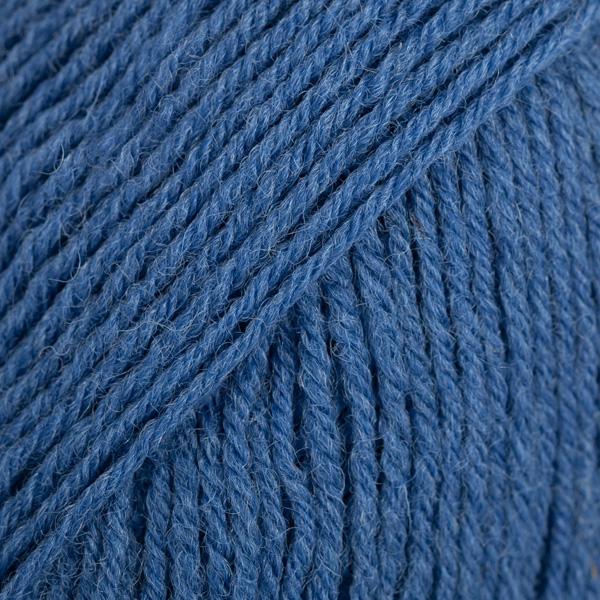

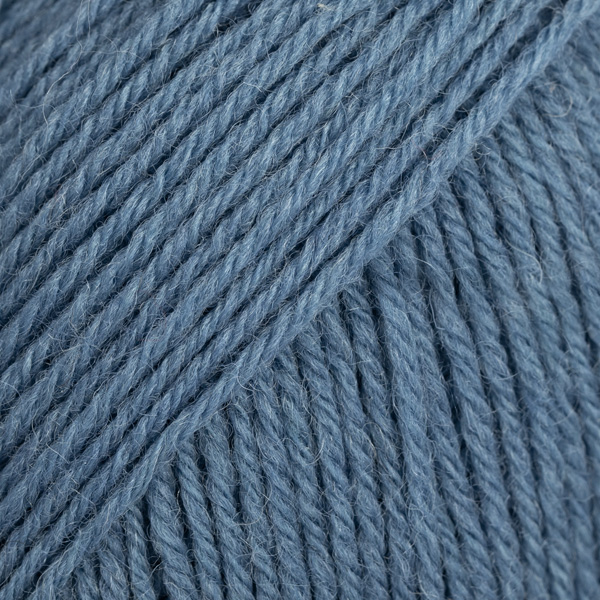

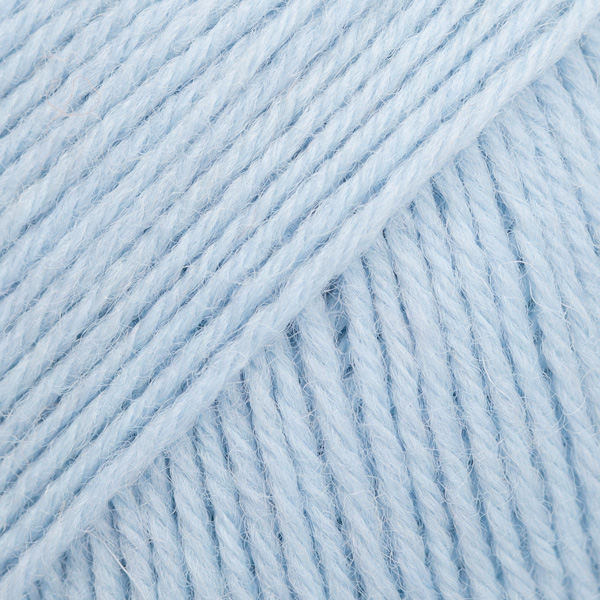


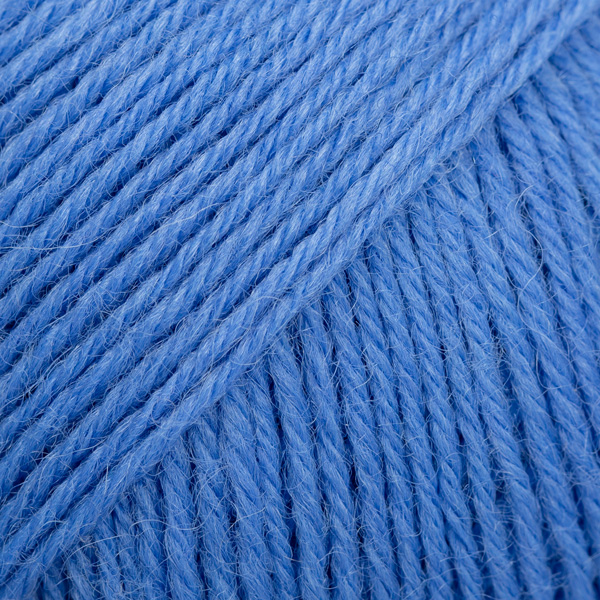

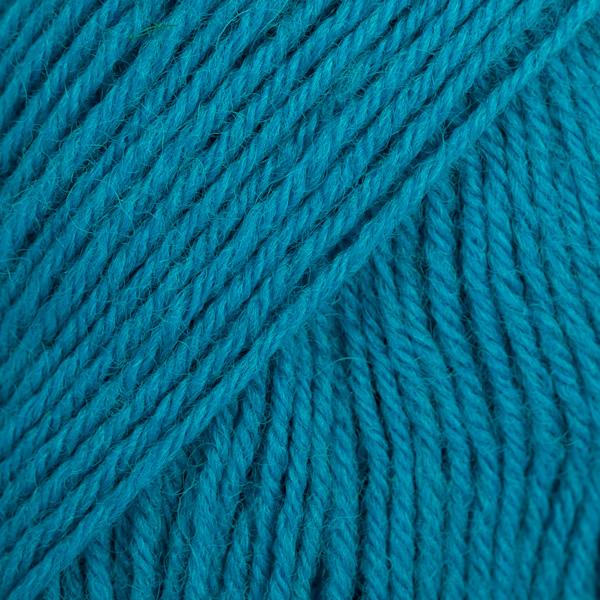



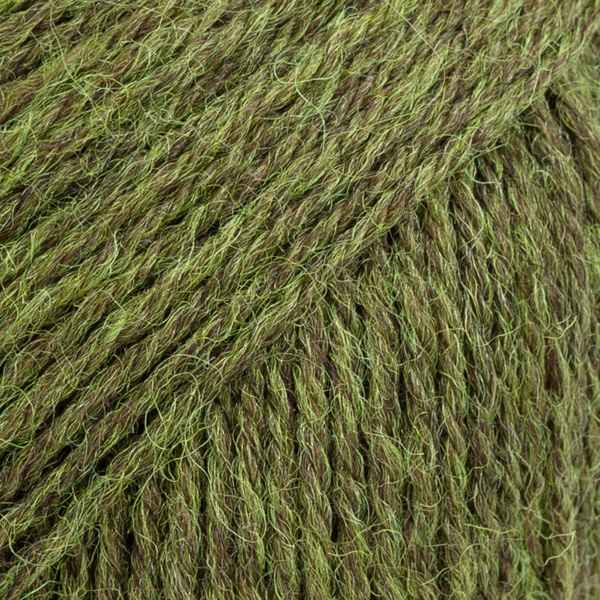





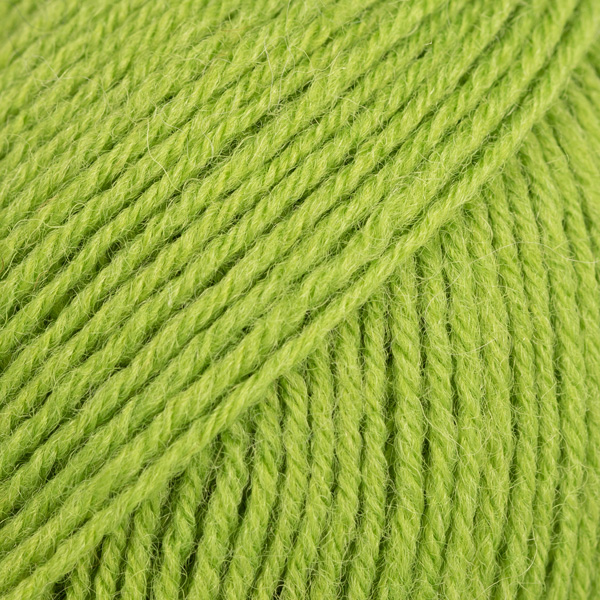

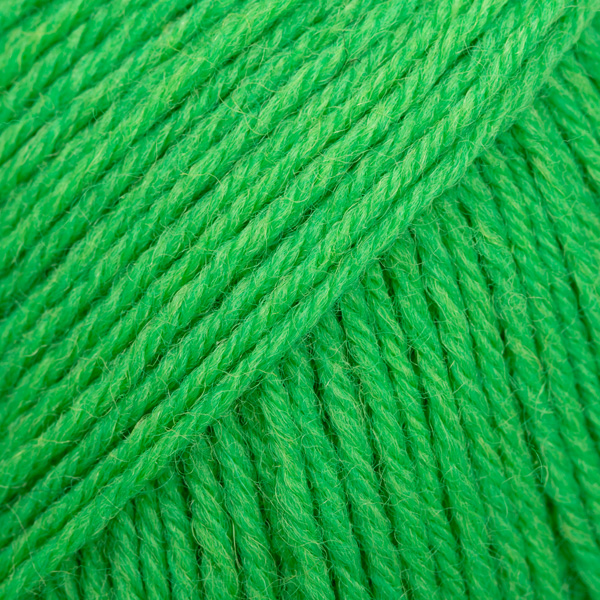








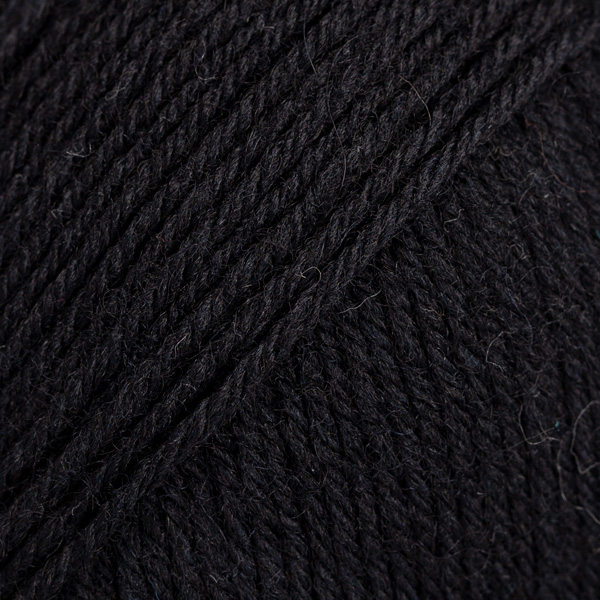

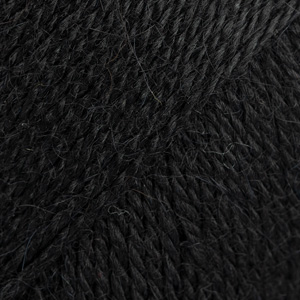








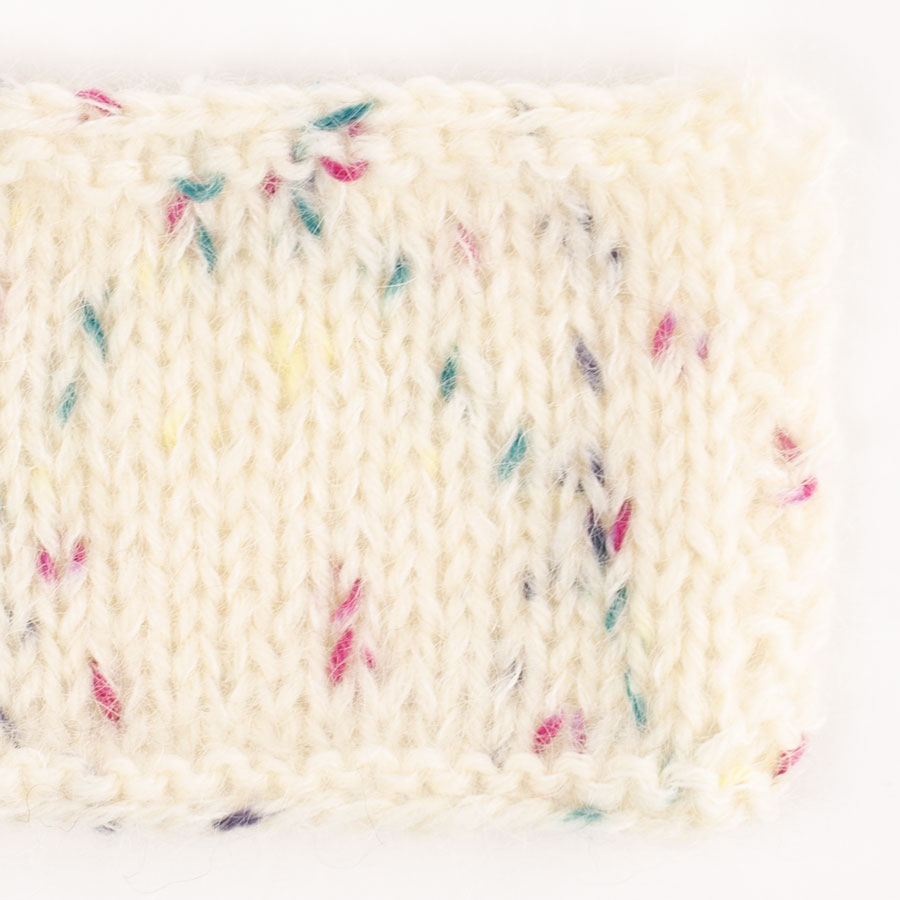
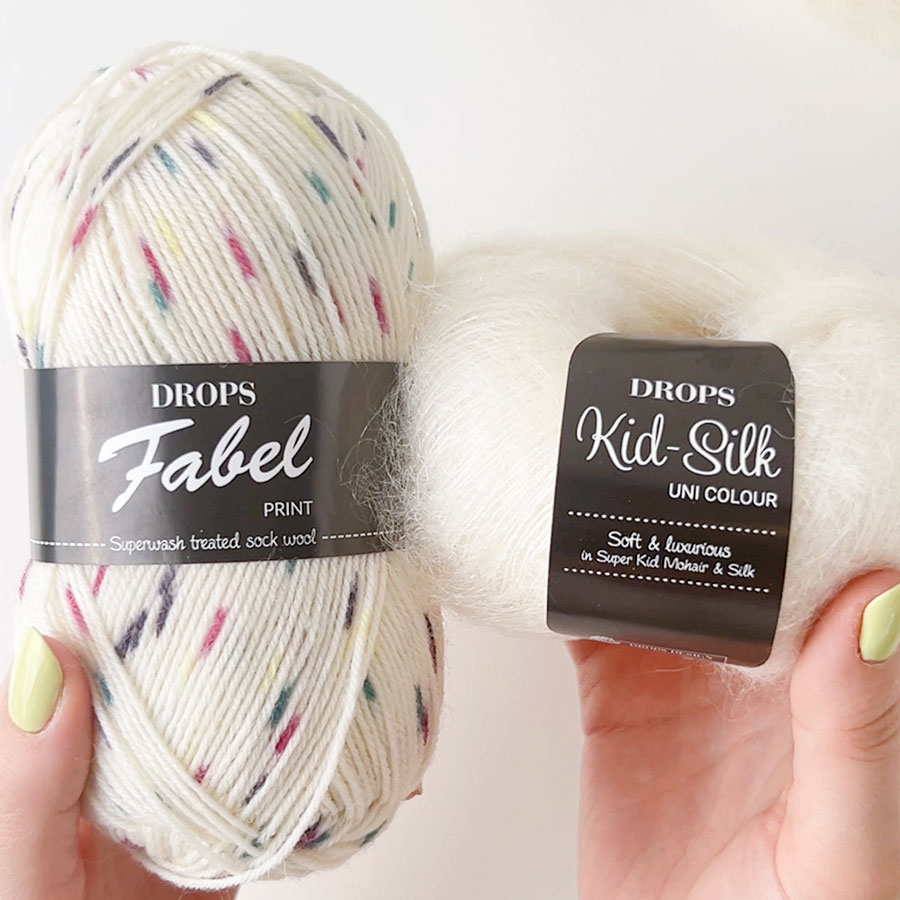
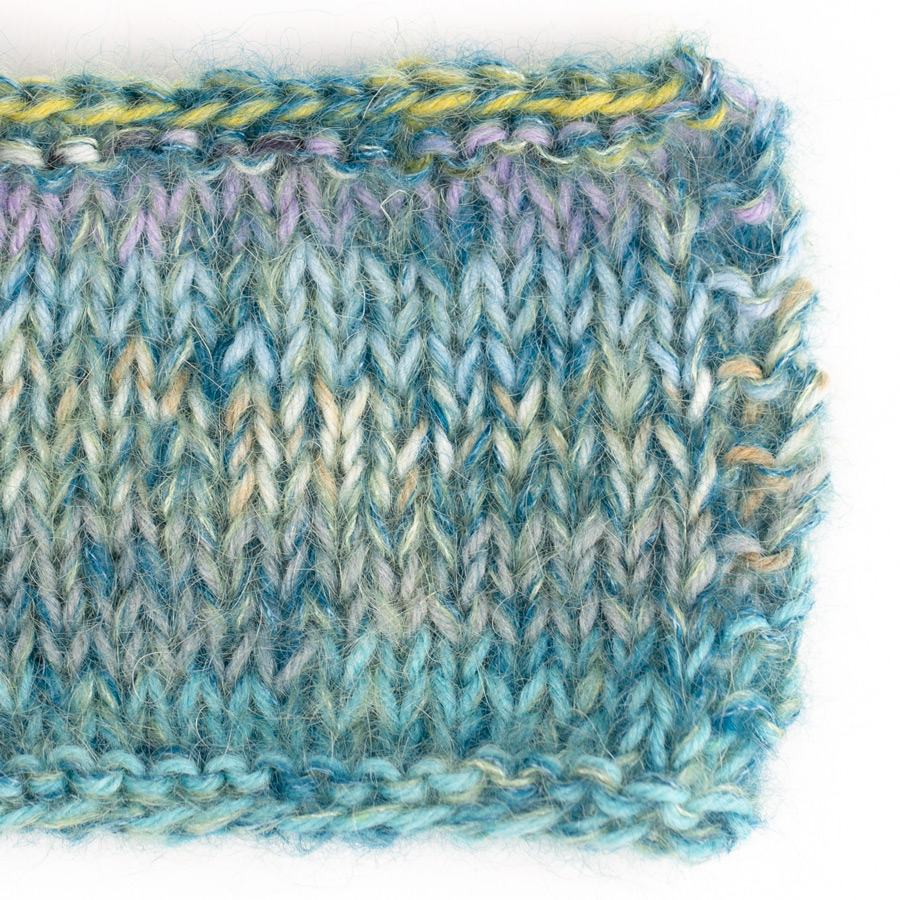
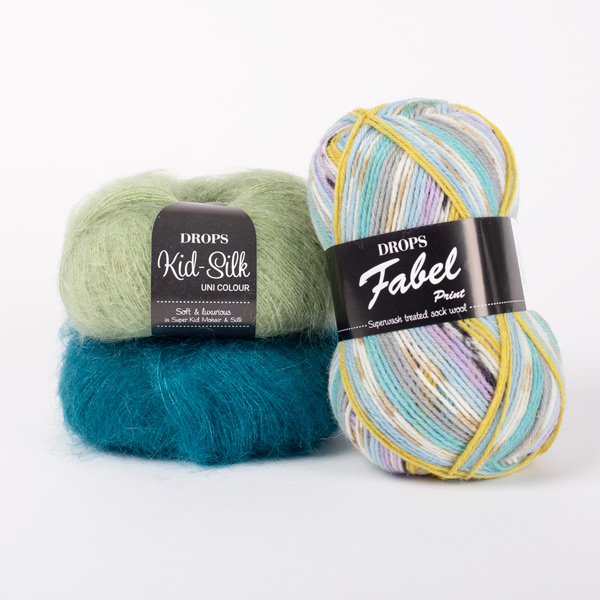
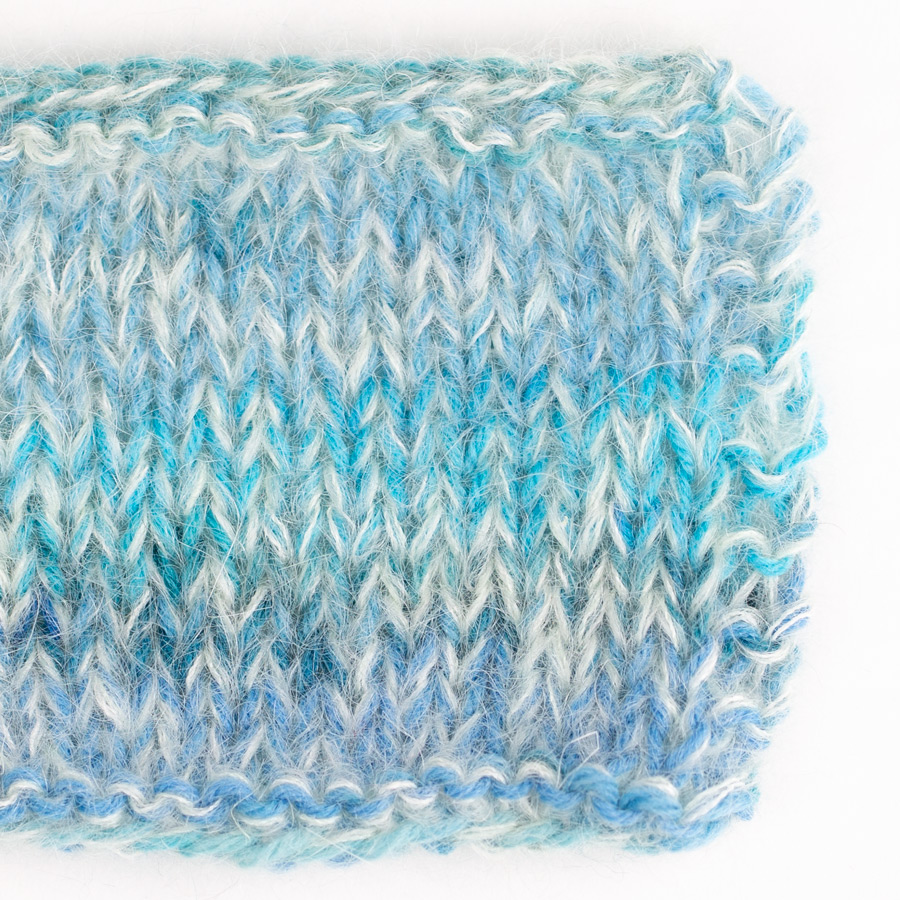
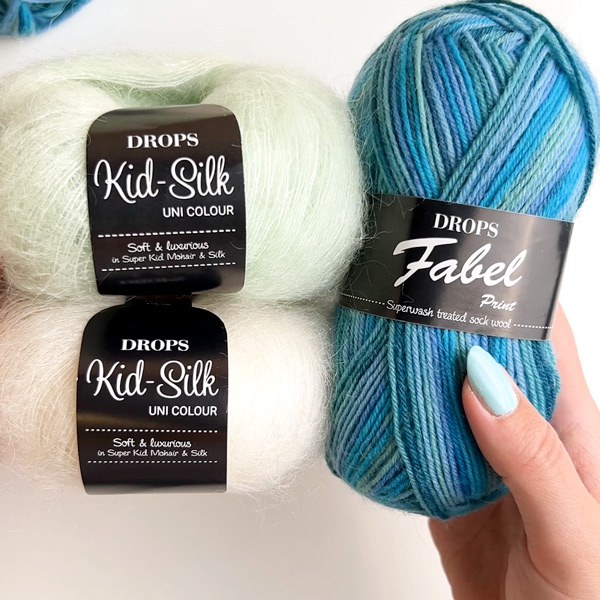
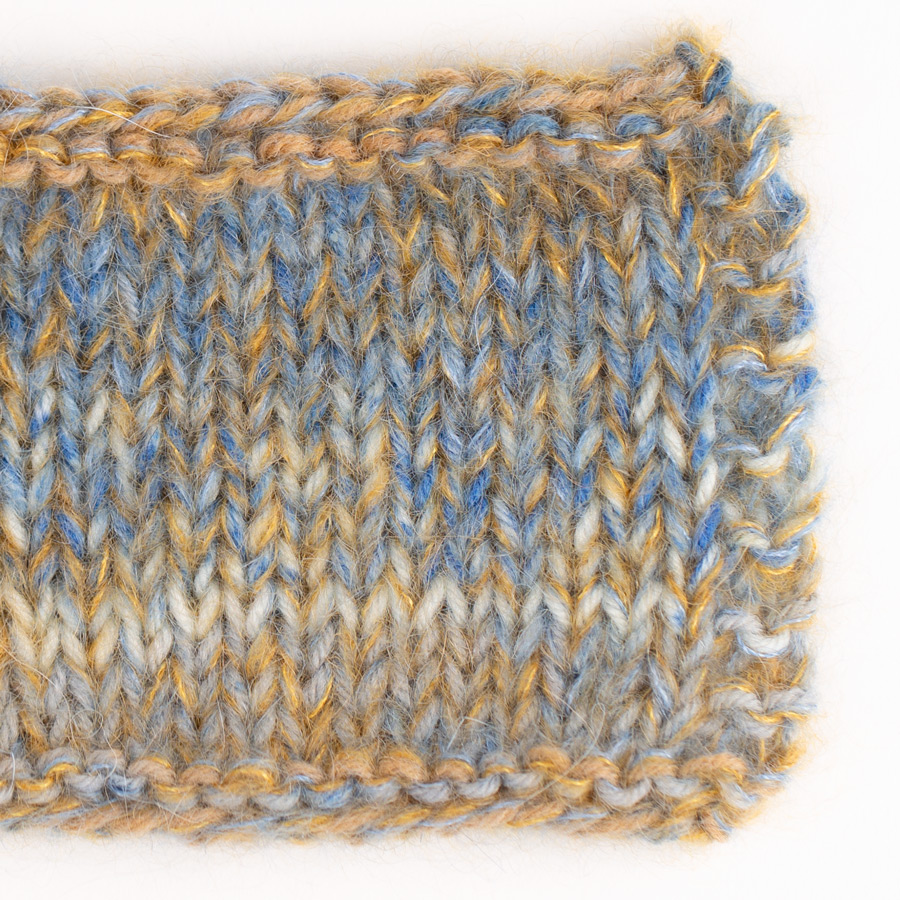
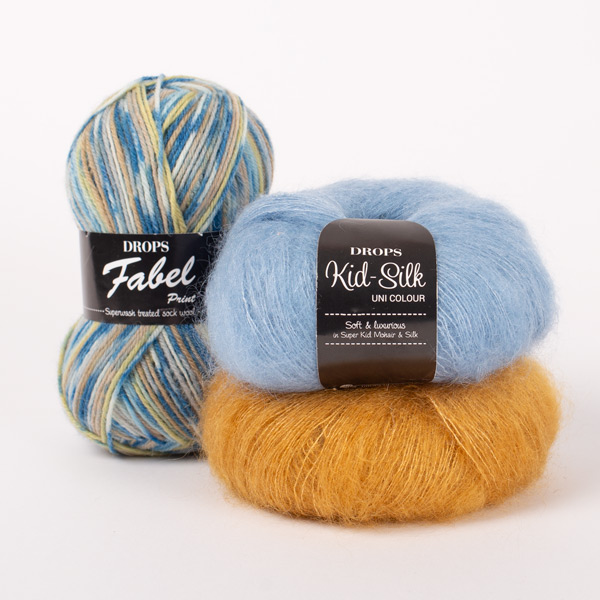
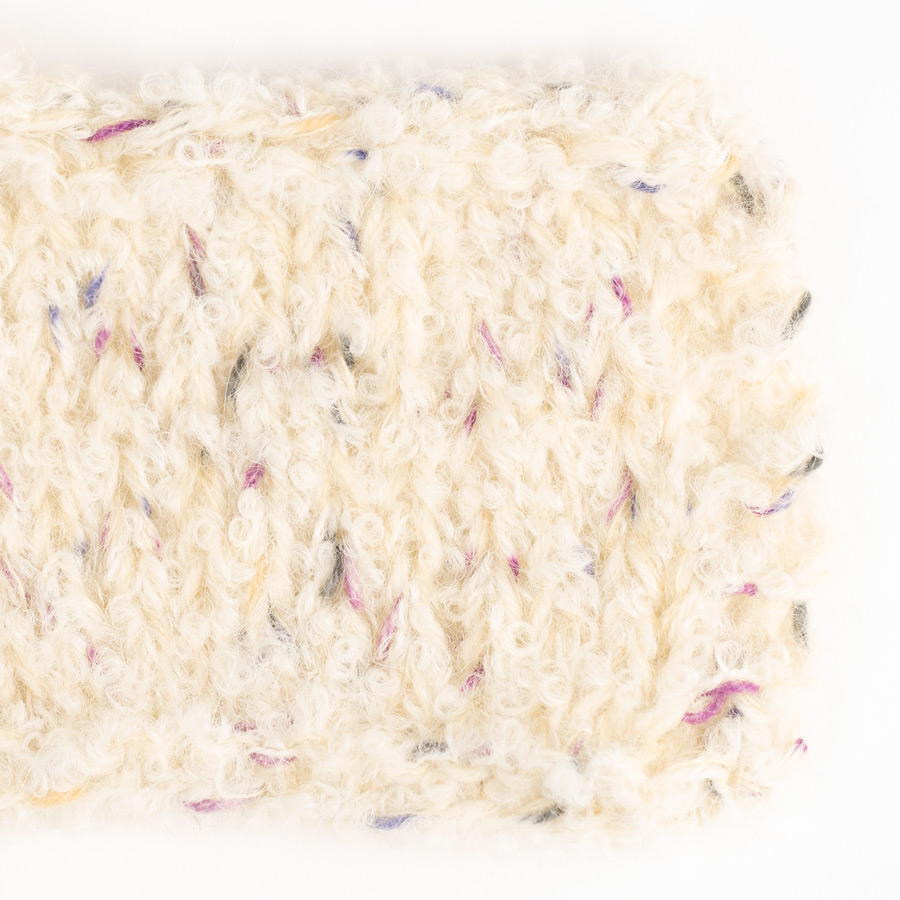
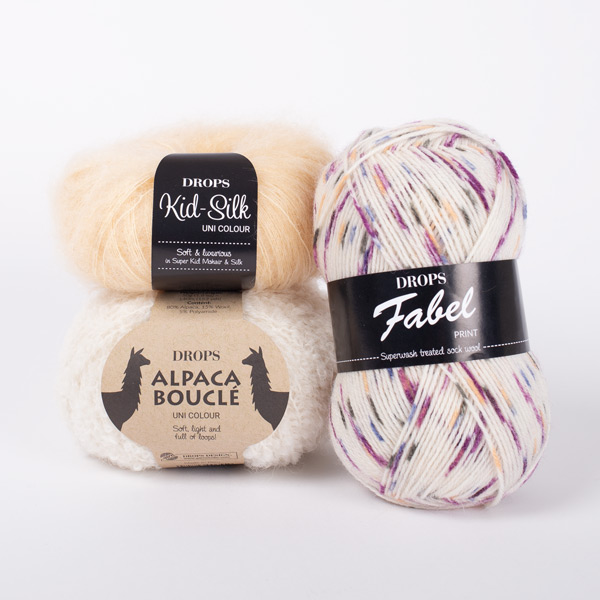
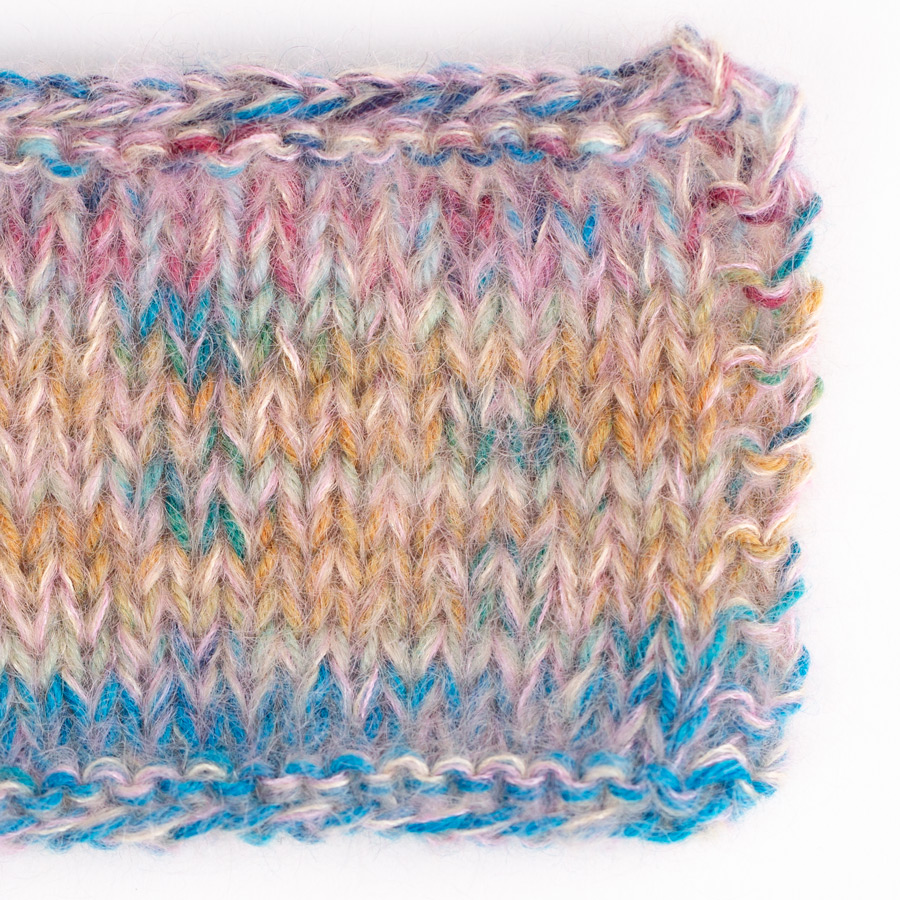
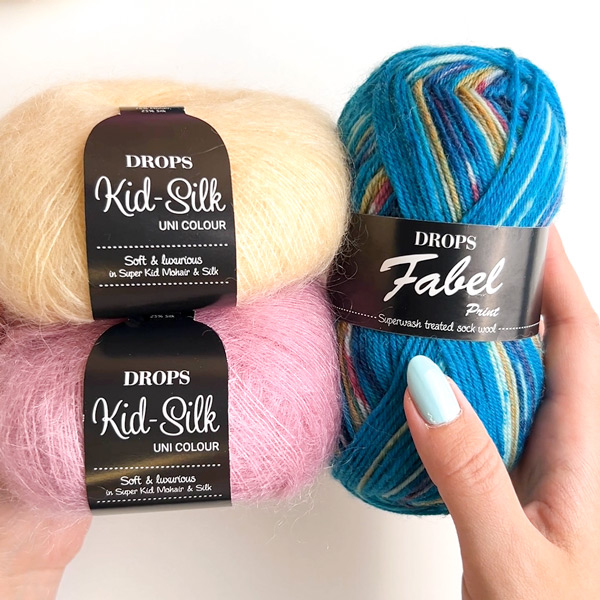
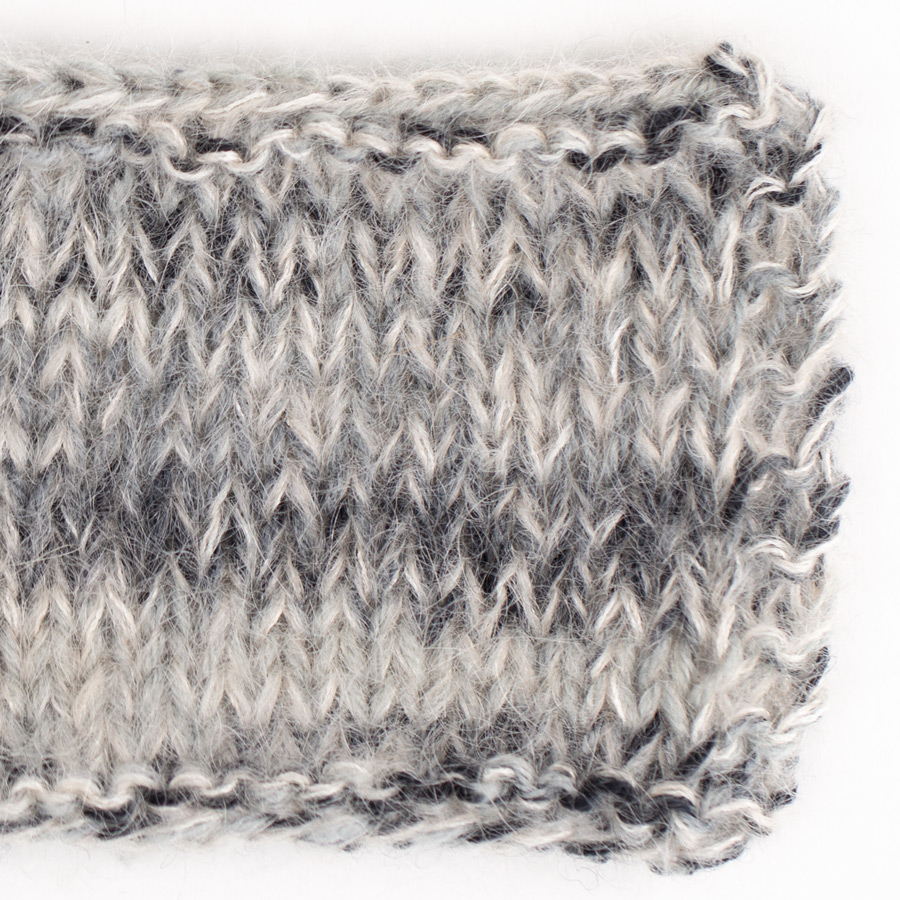
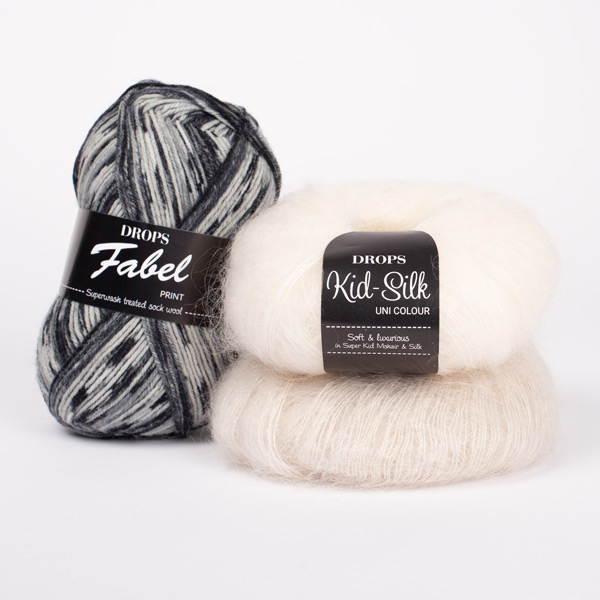
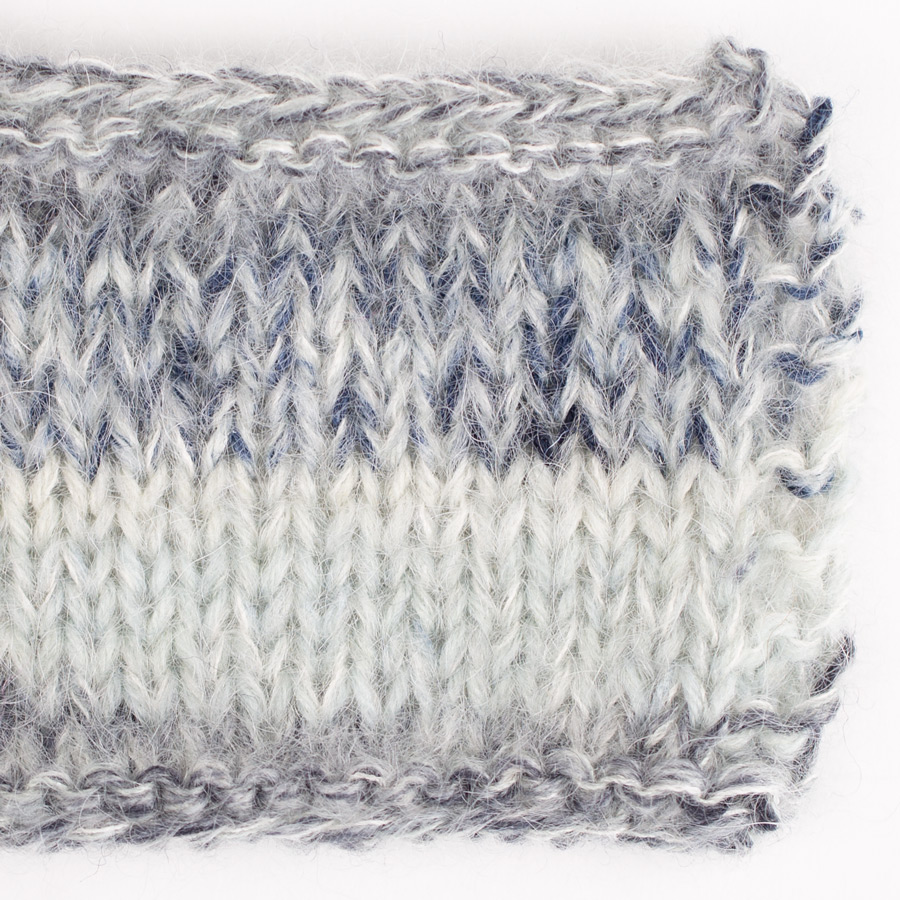
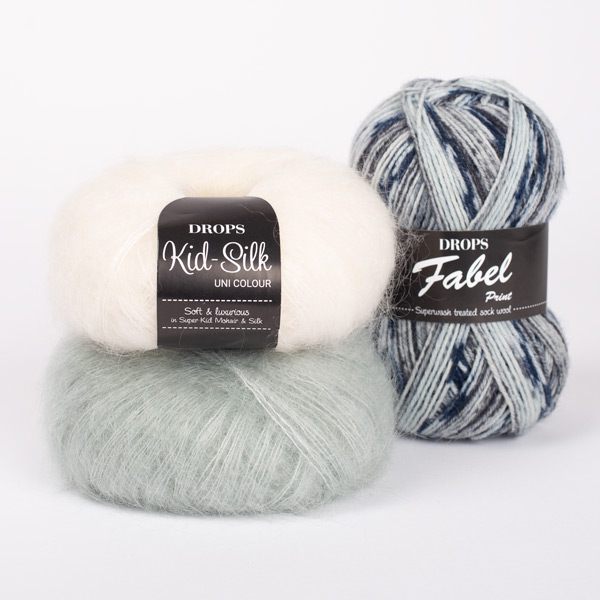

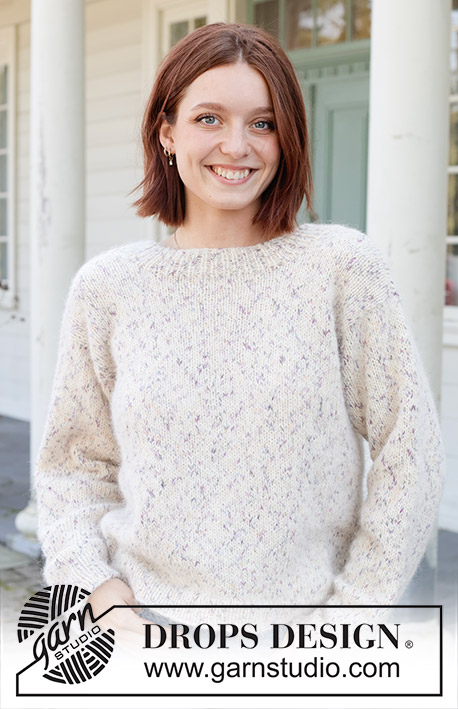
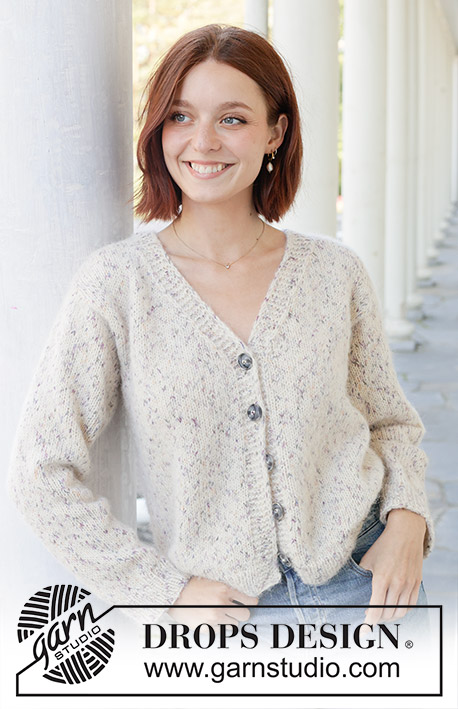
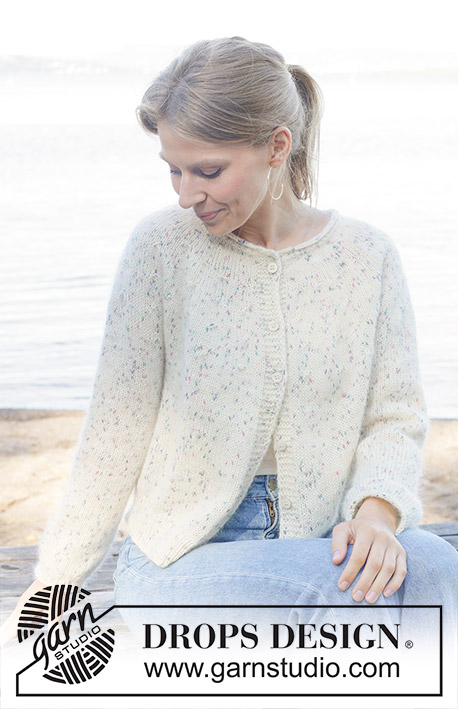
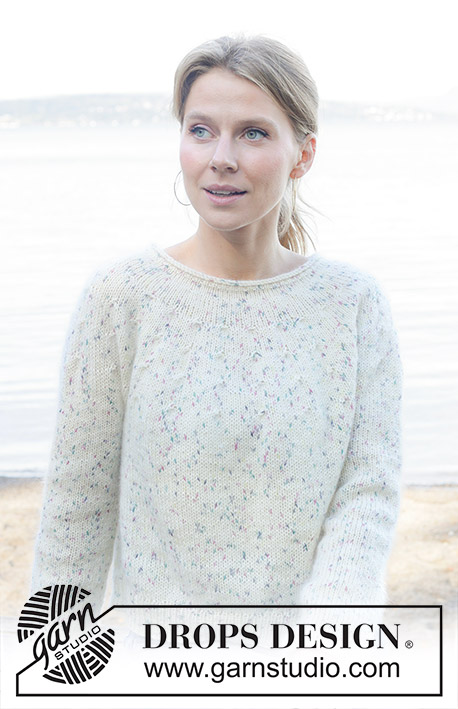
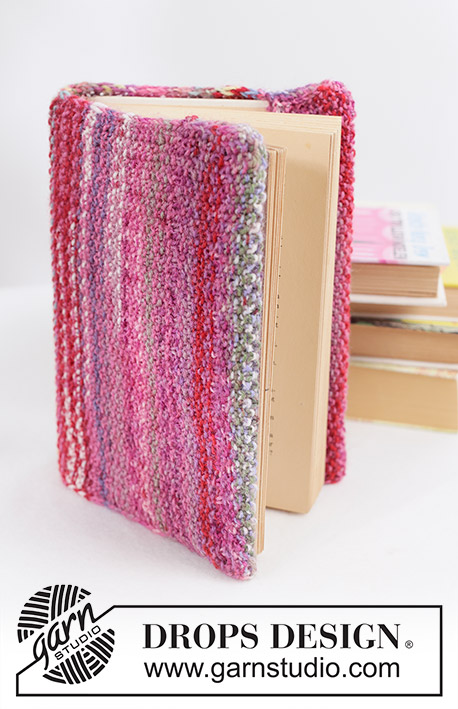
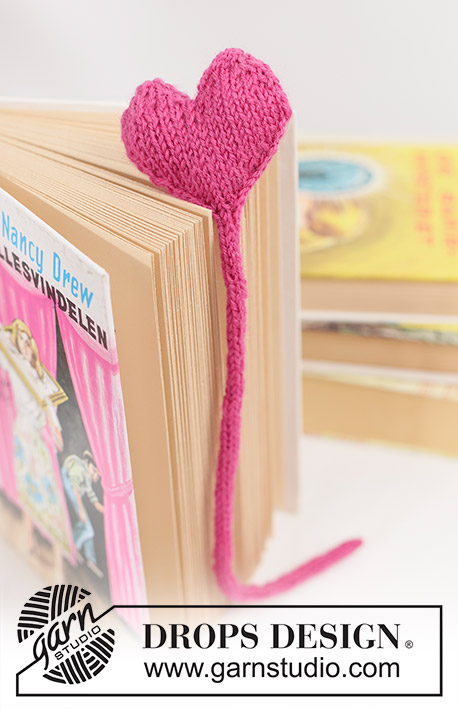
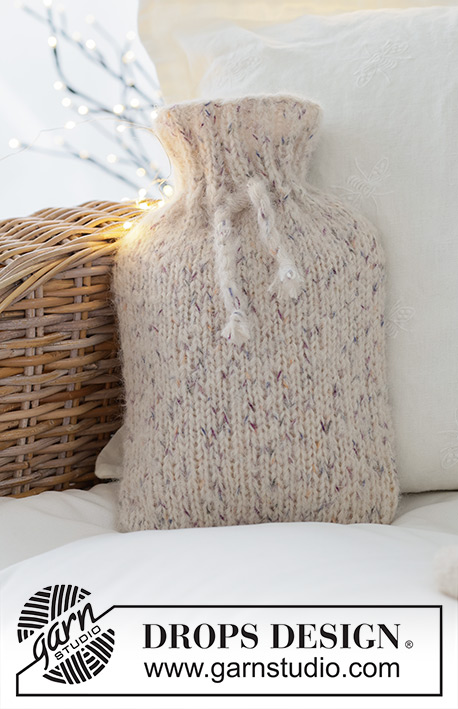
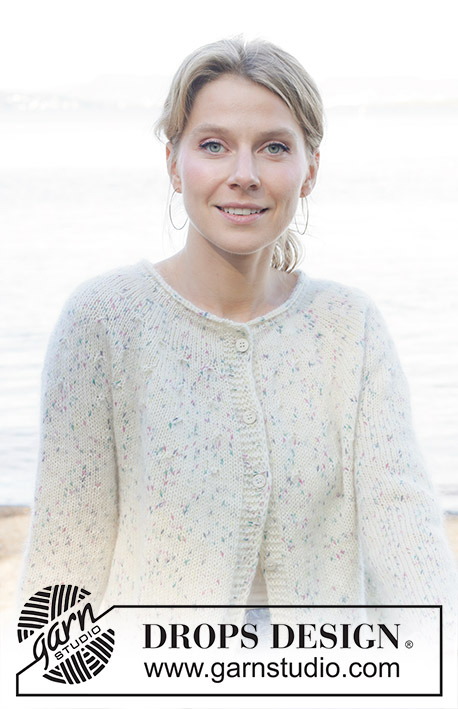
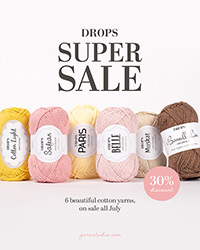
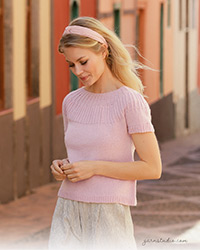
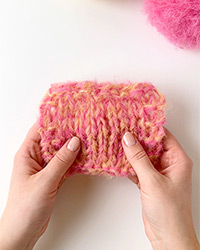
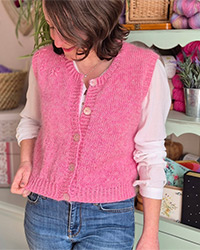
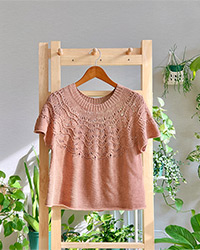
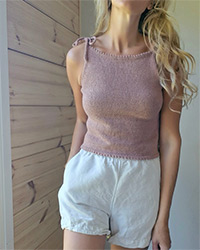
Hei, Fabel uni colour 100 langassa vyötteen liima on liimautunut lankaan kiinni. Saako liiman jotenkin poistettua vai onko vaihtoehtona vain heittää liimautunut osa lankaa pois?
22.08.2024 - 11:25